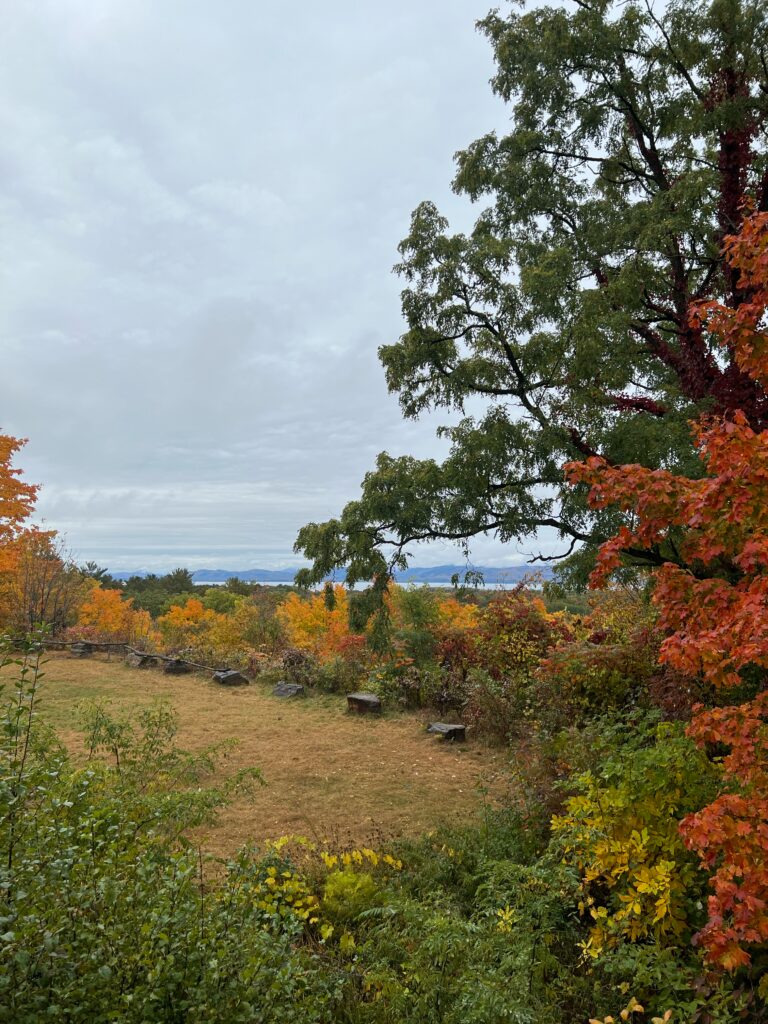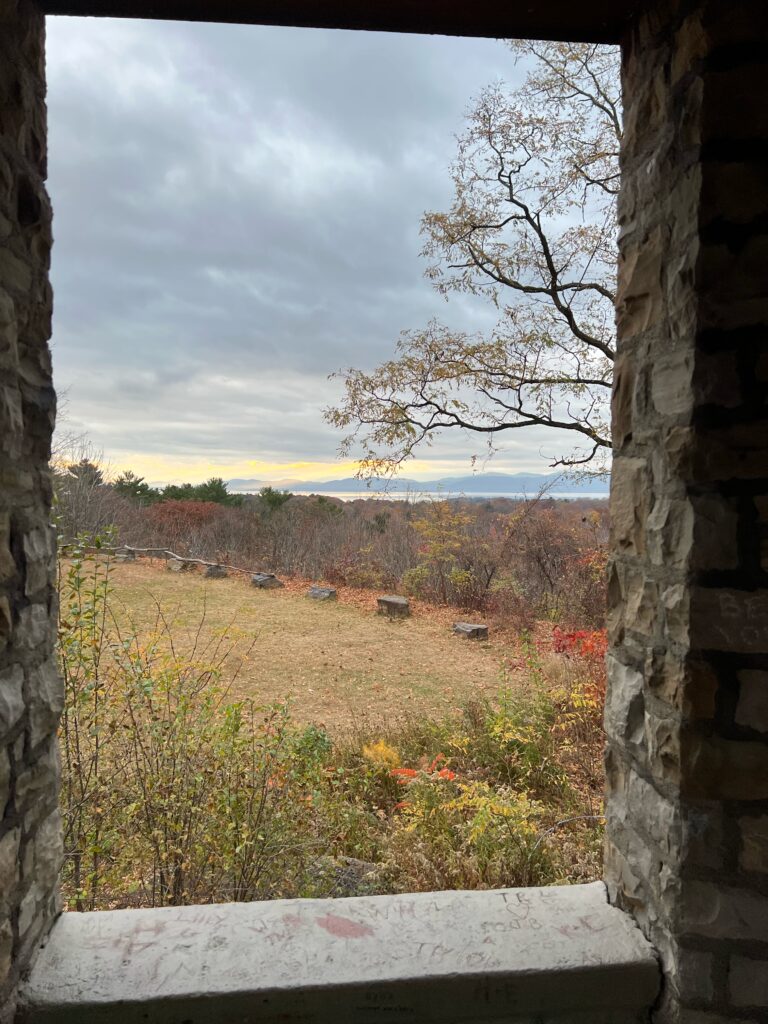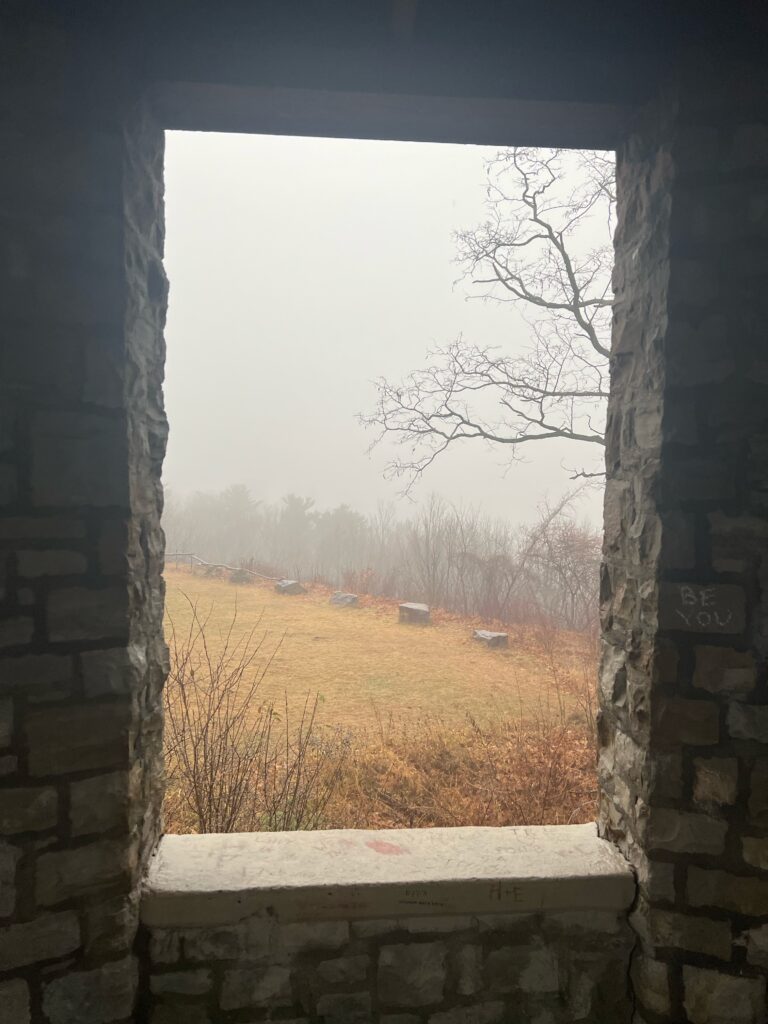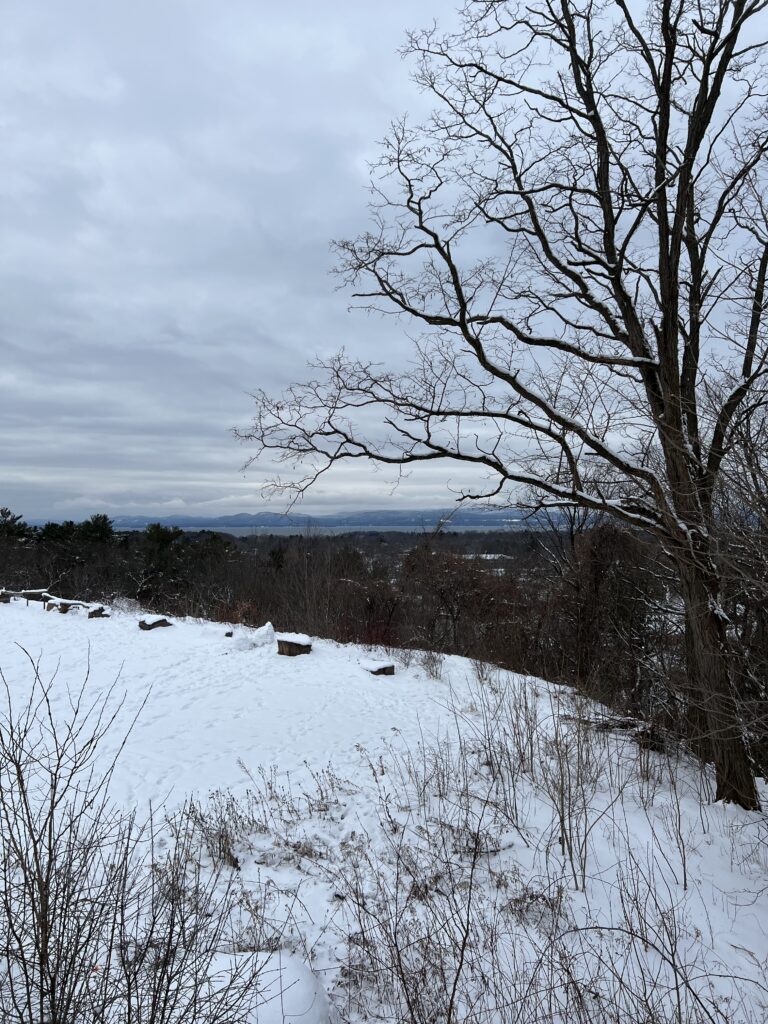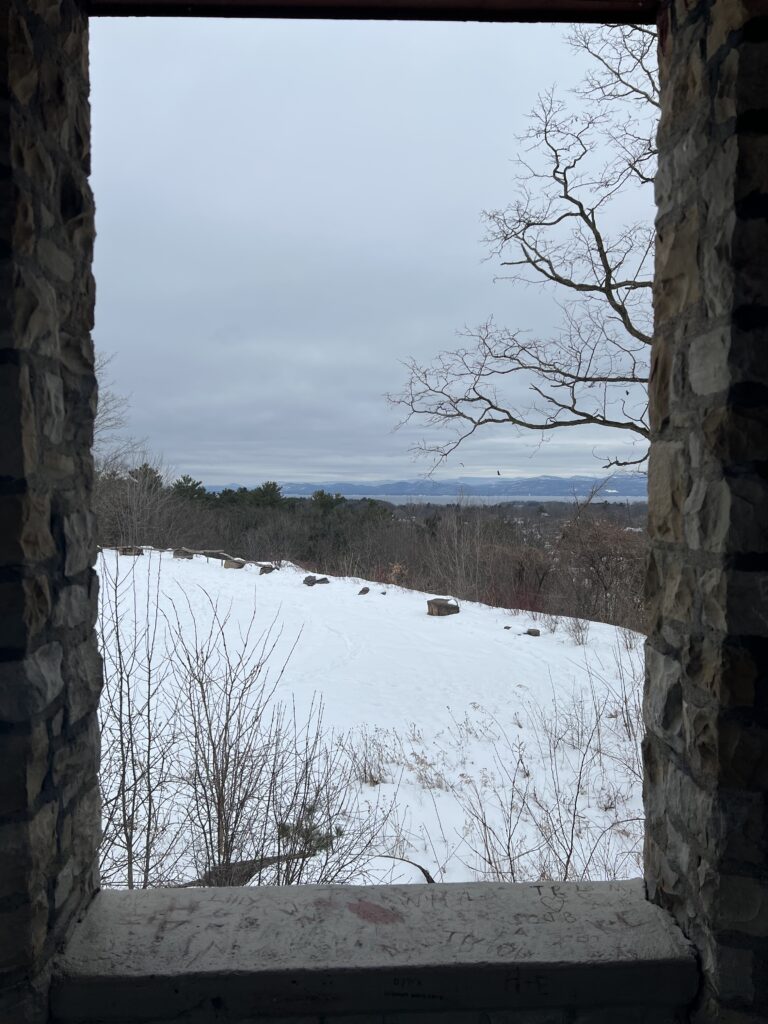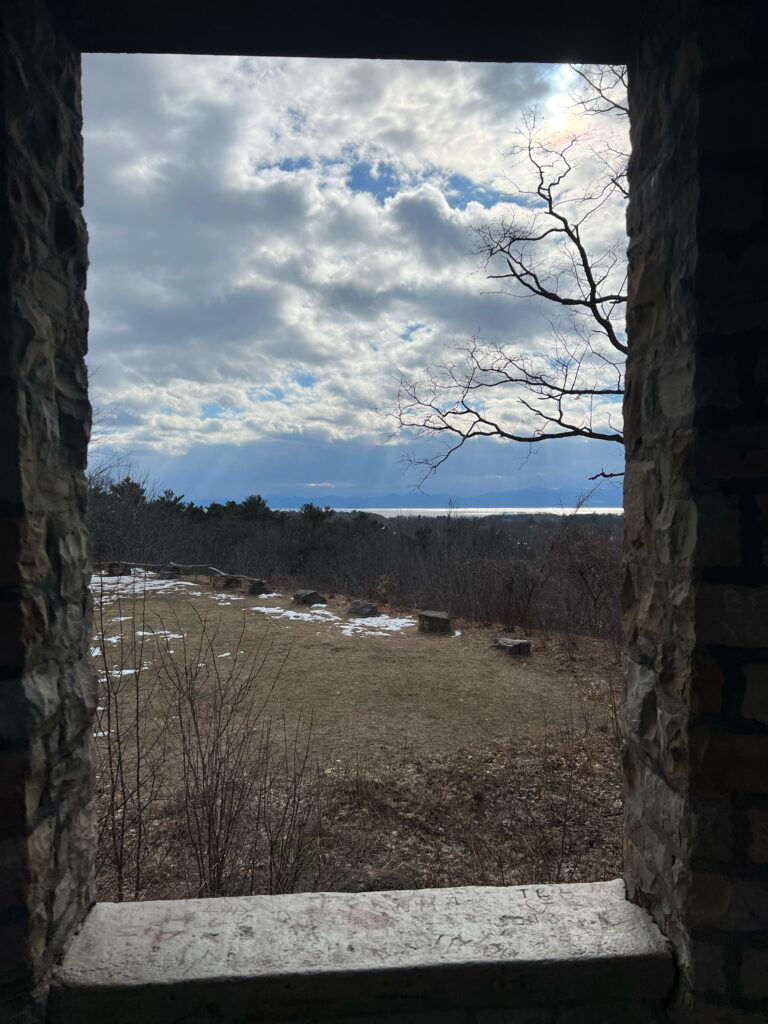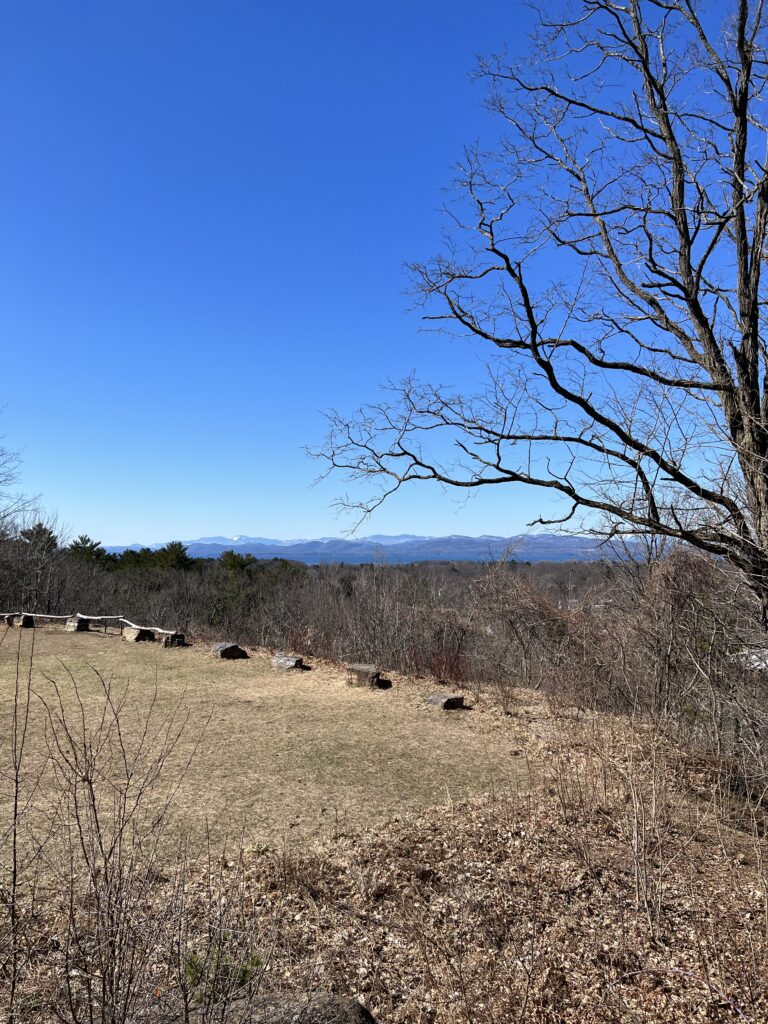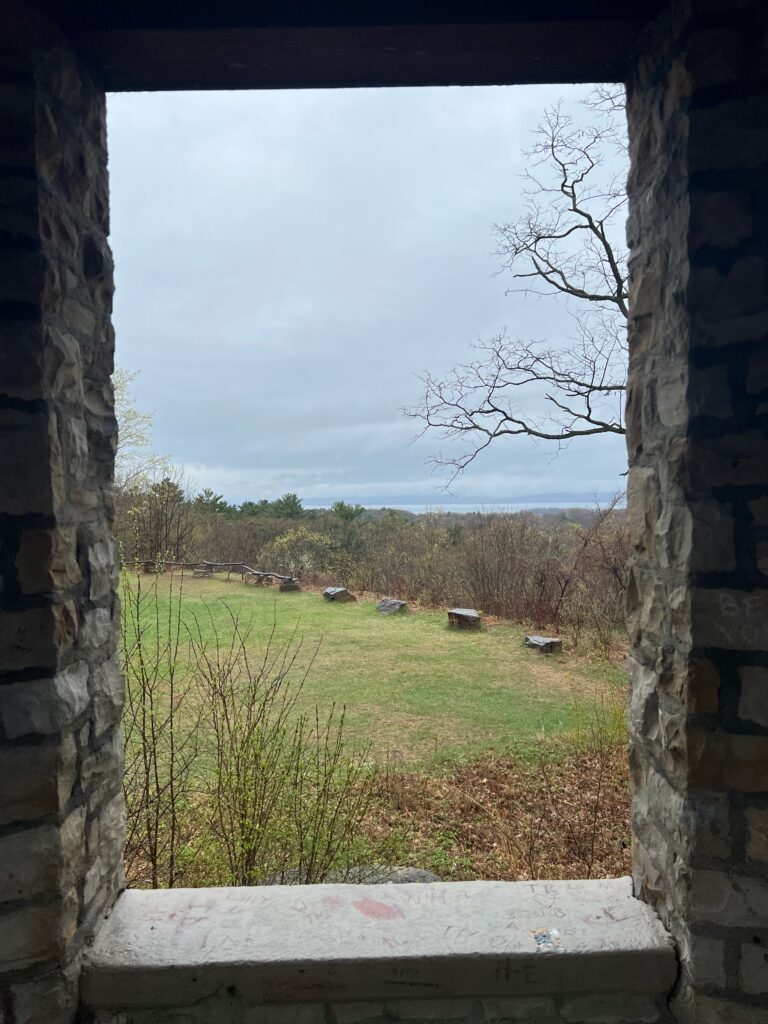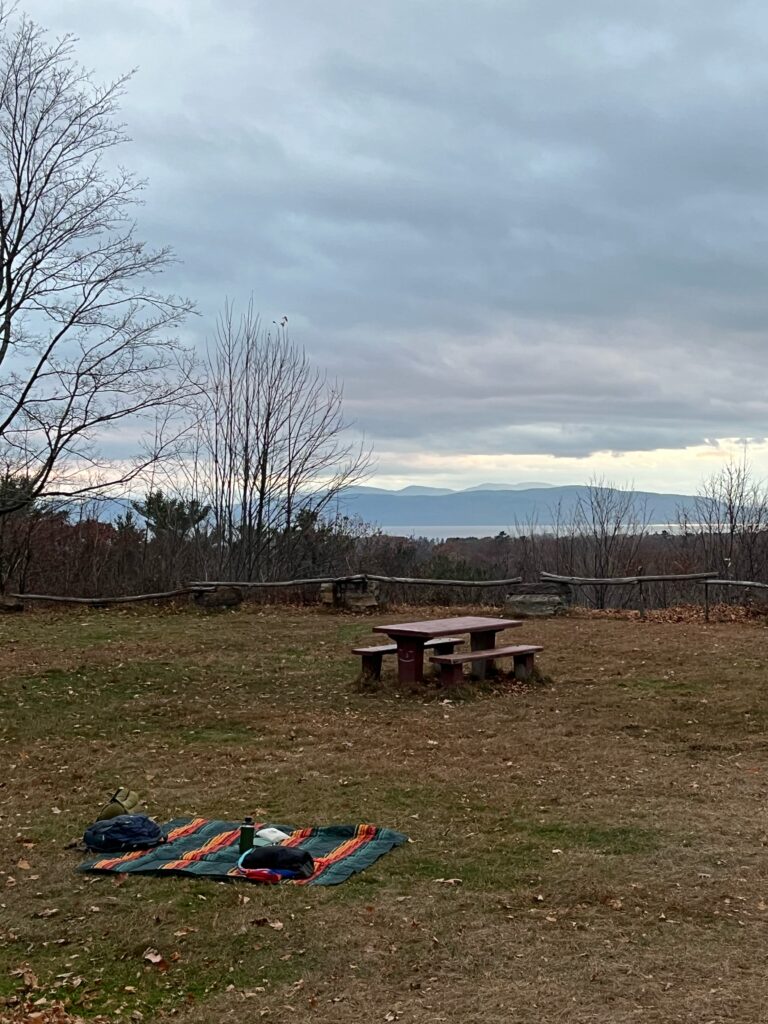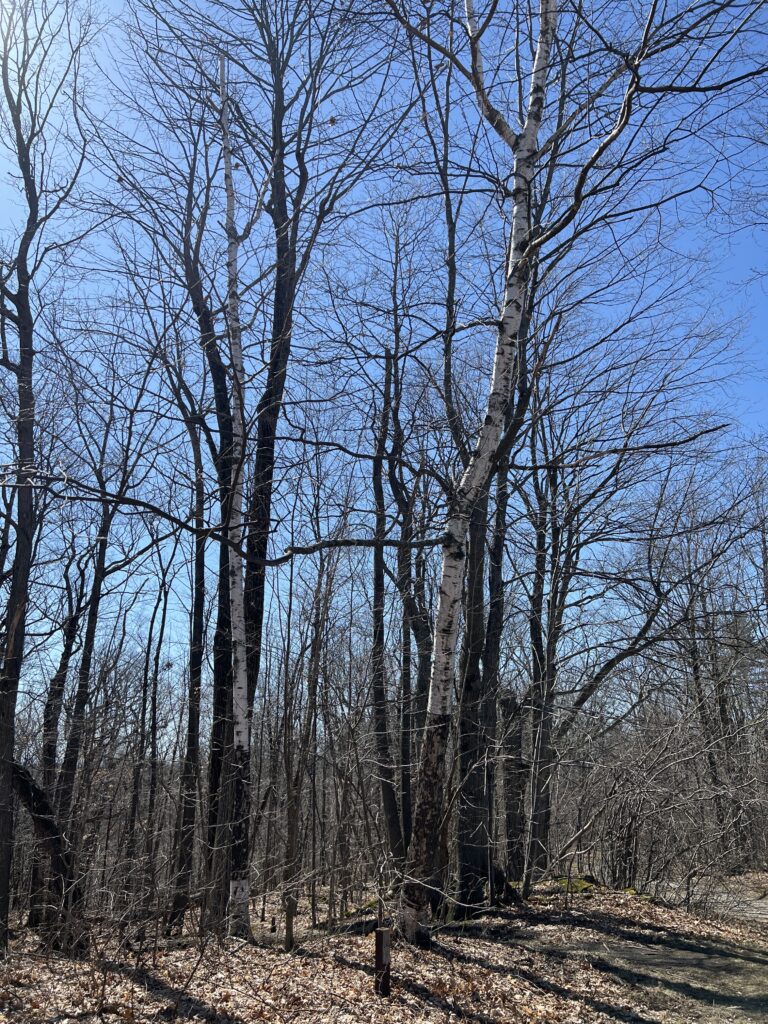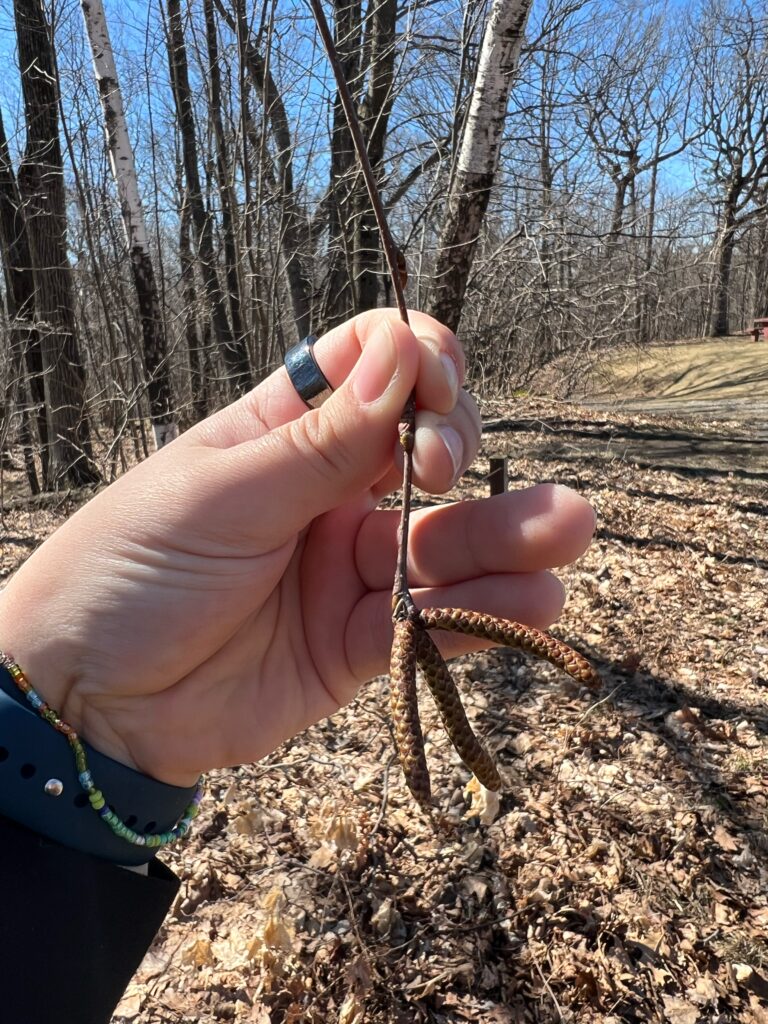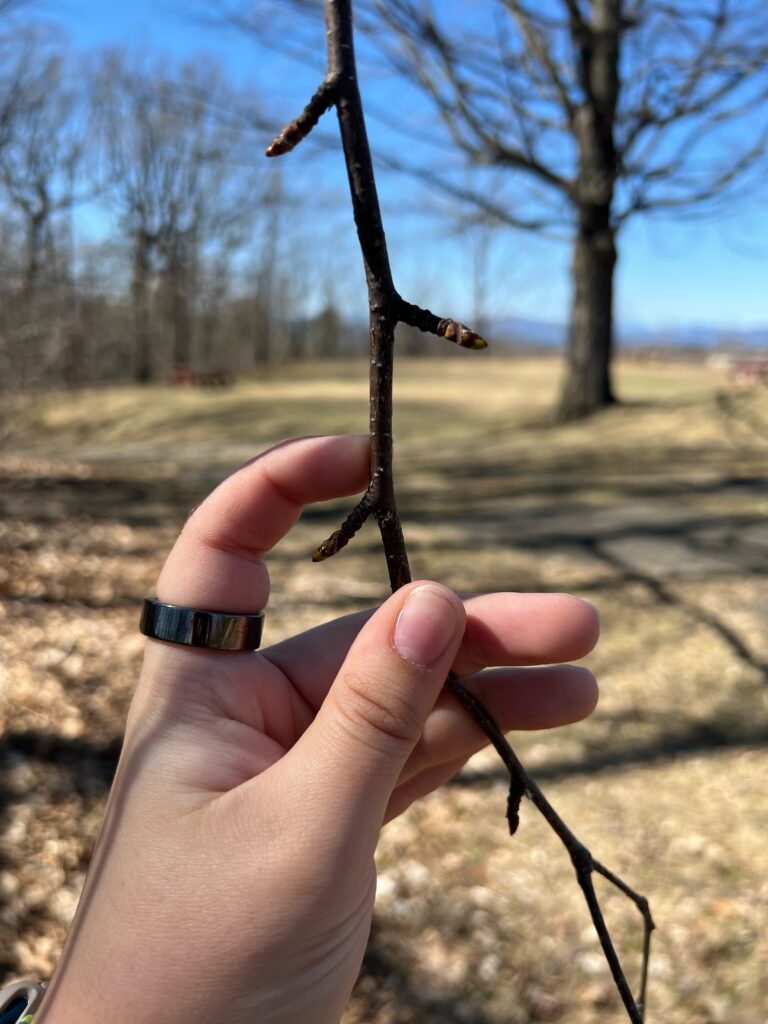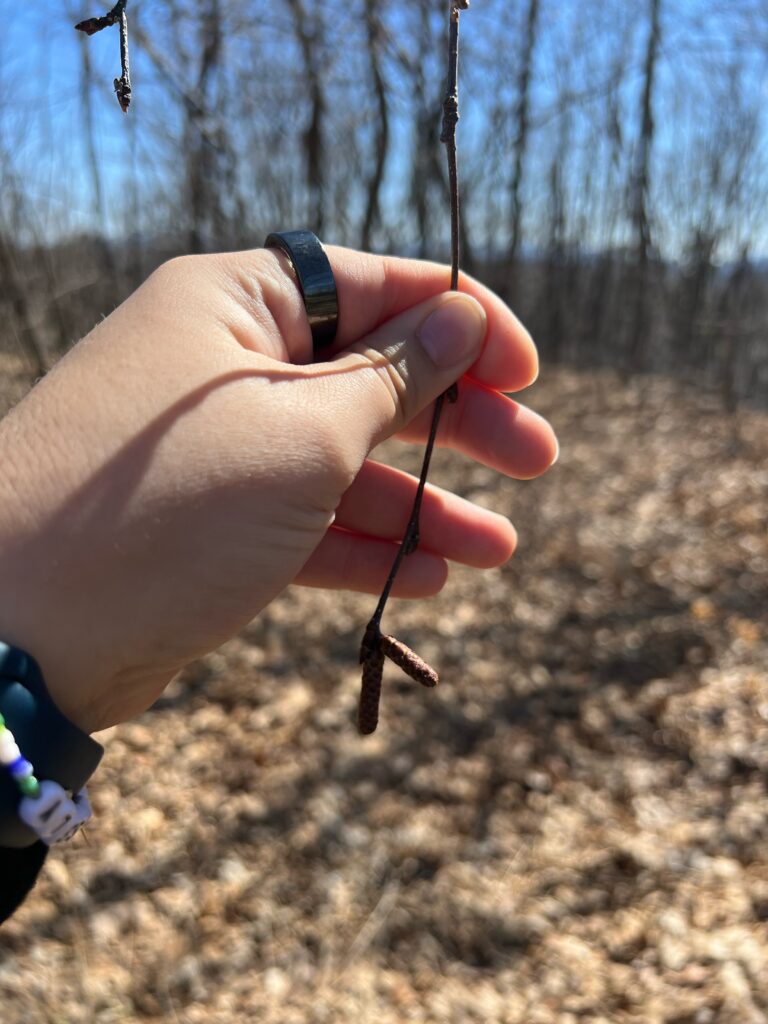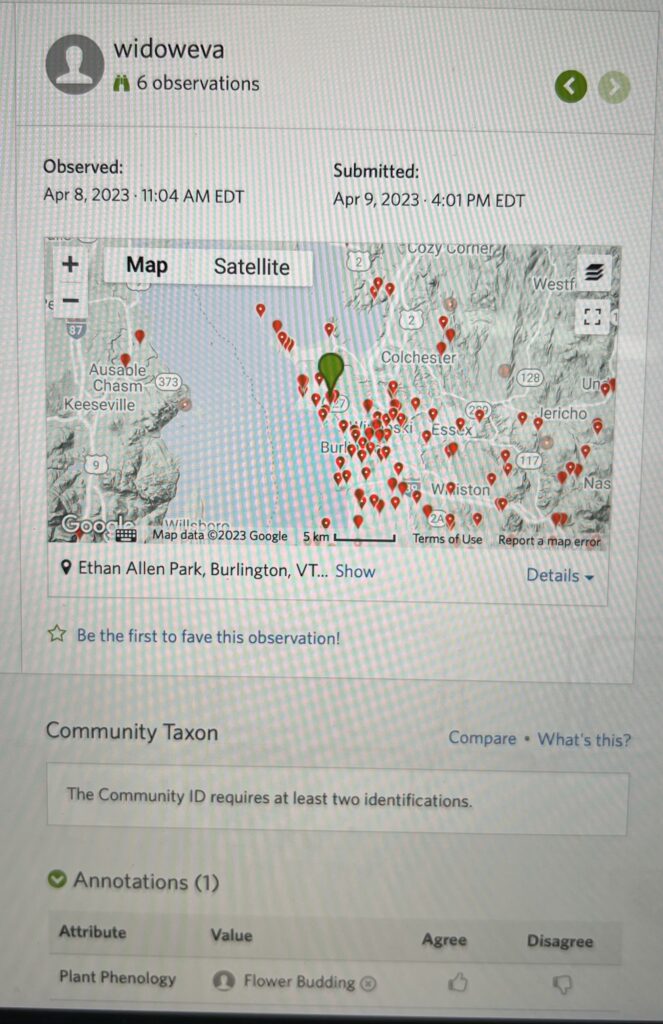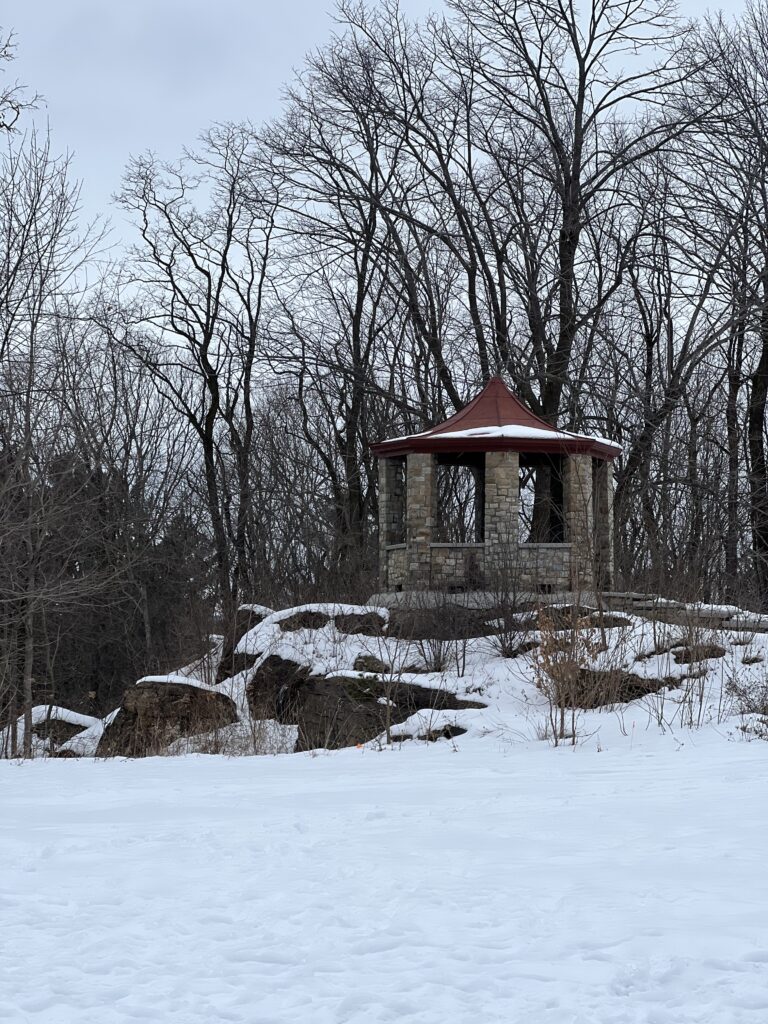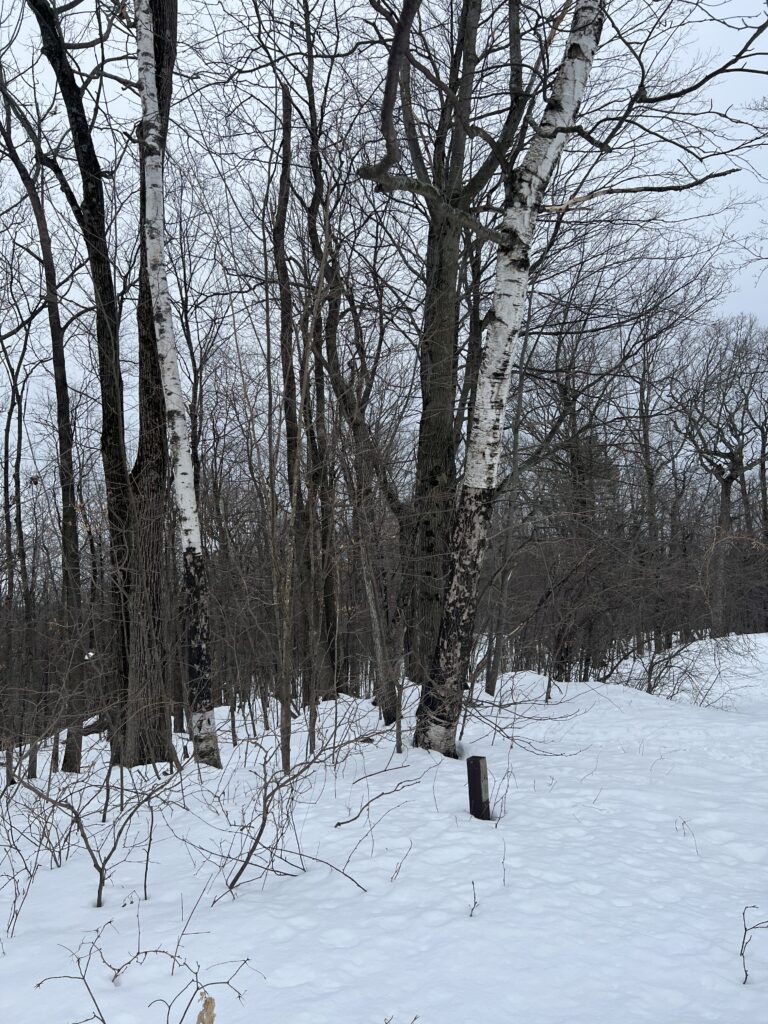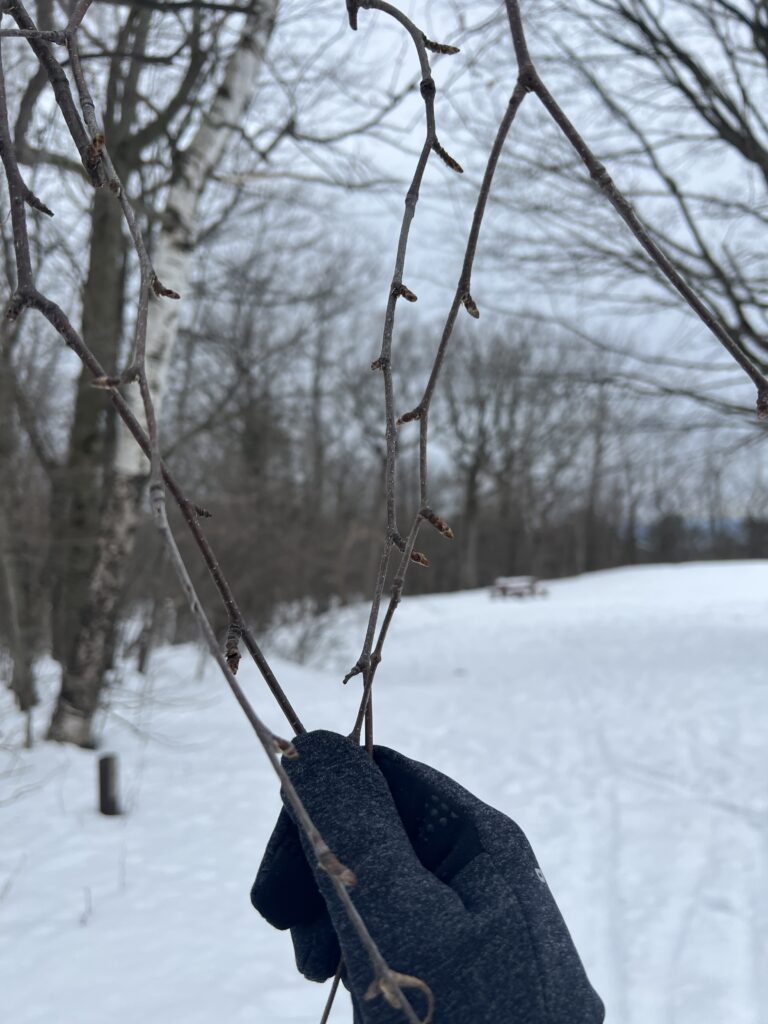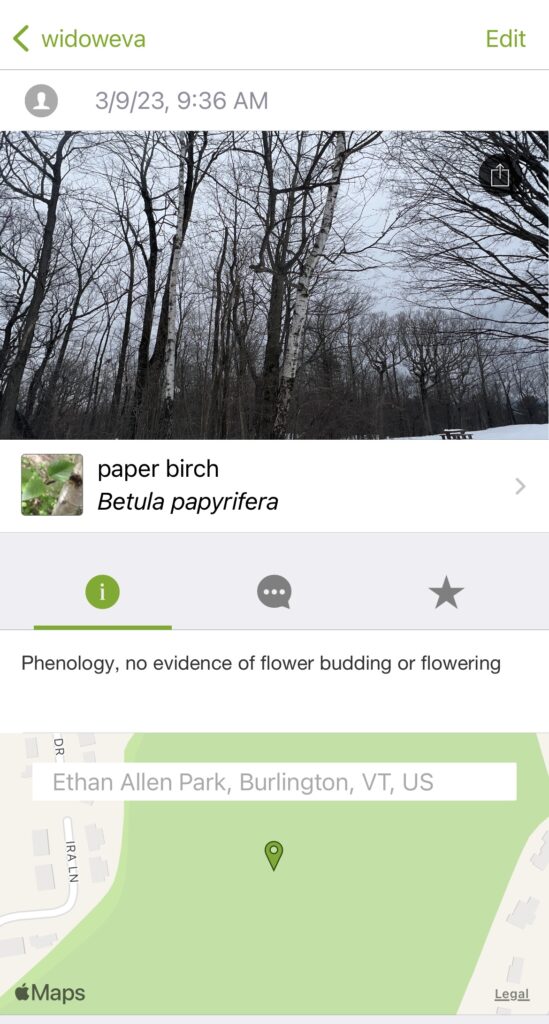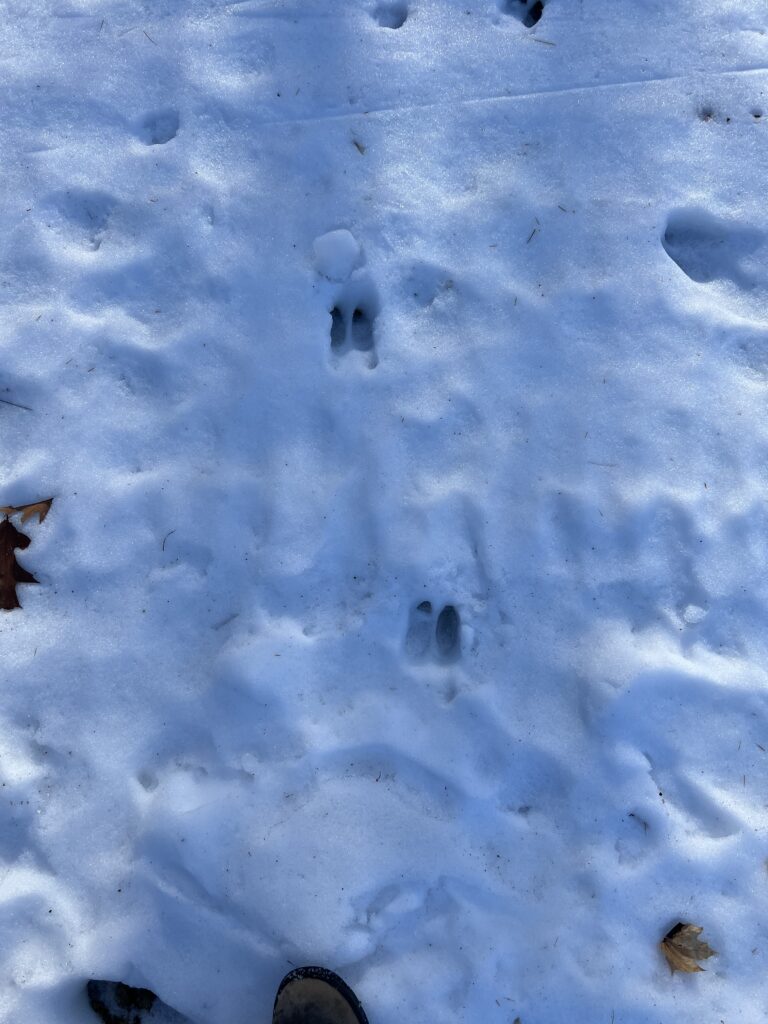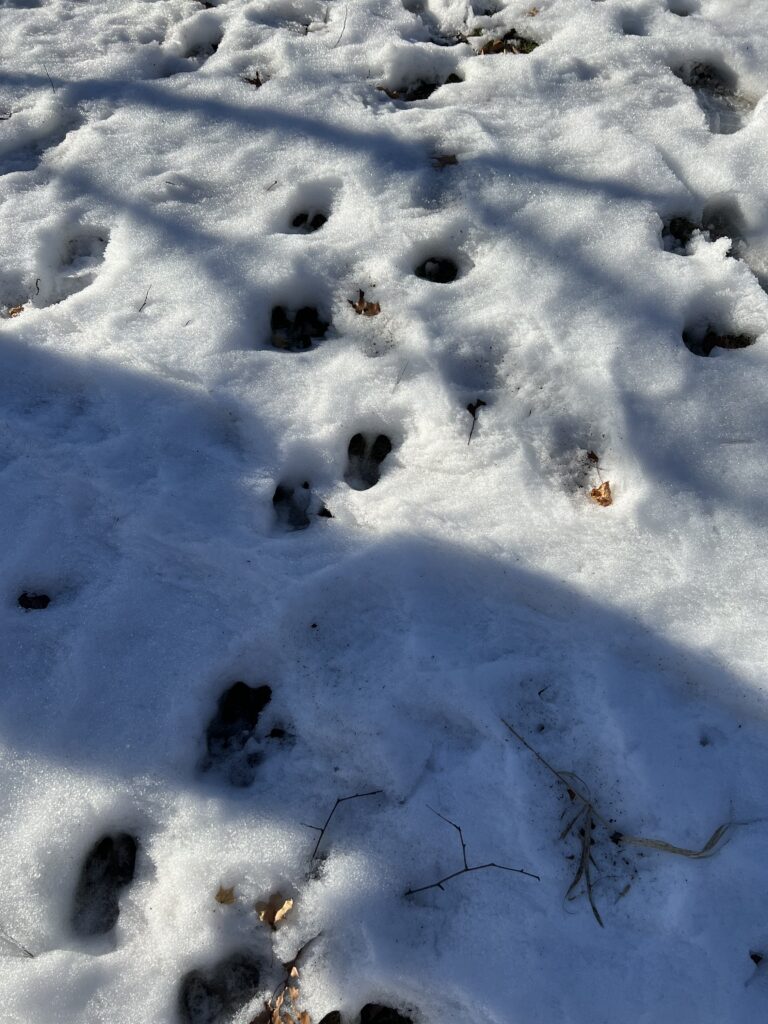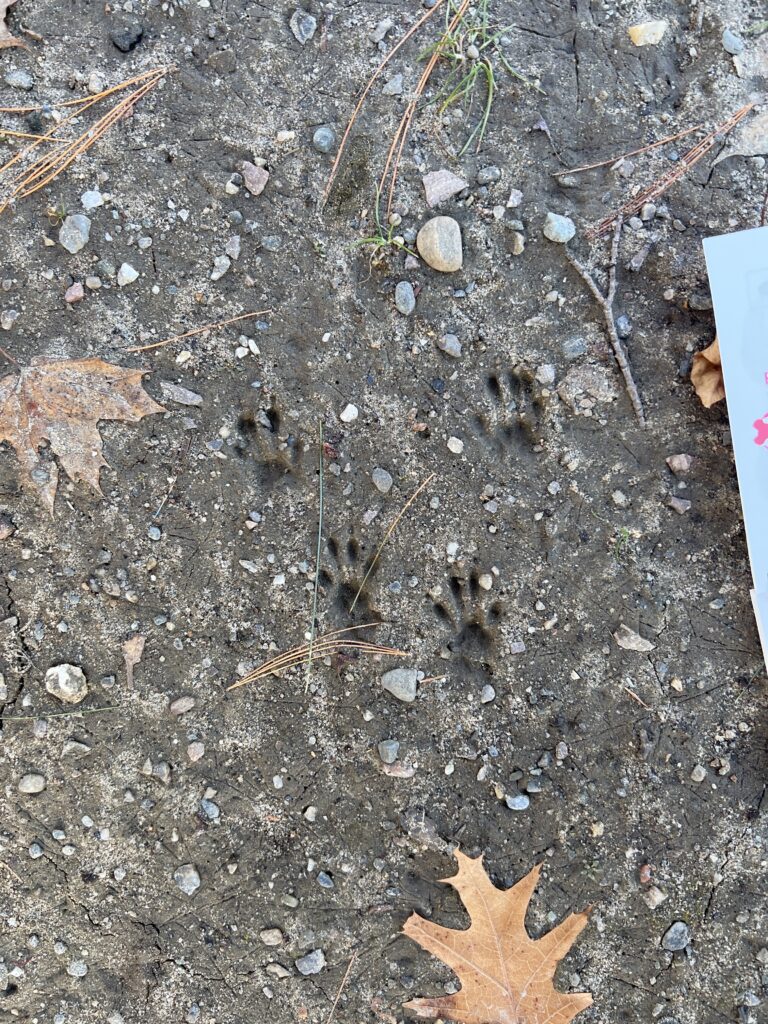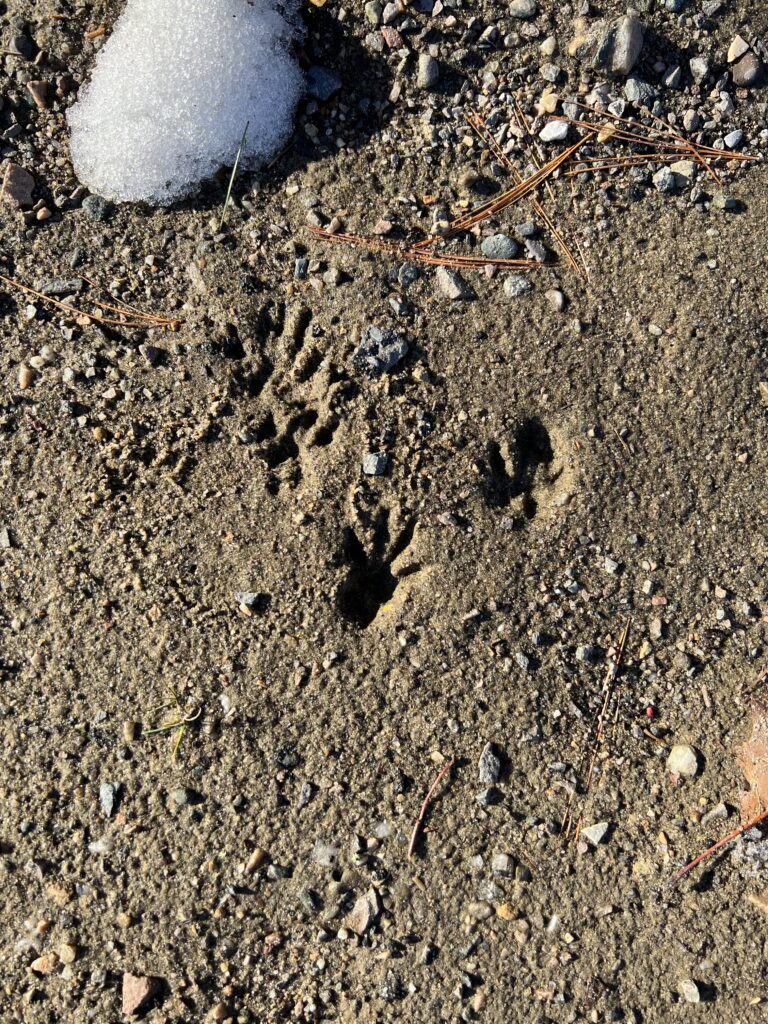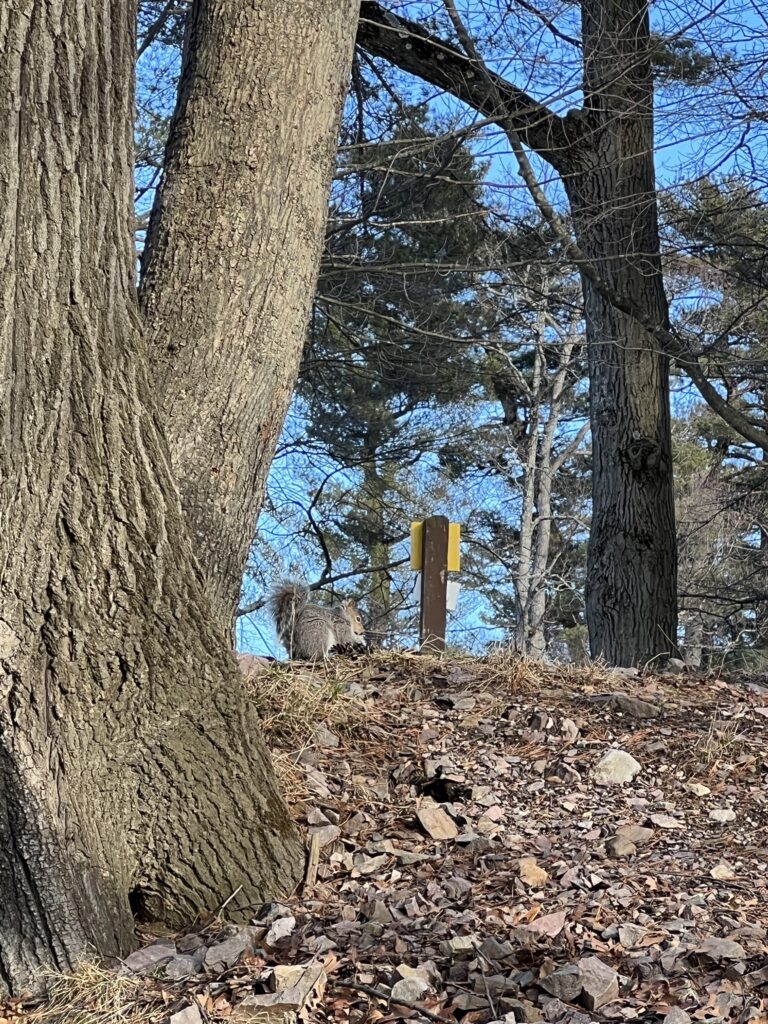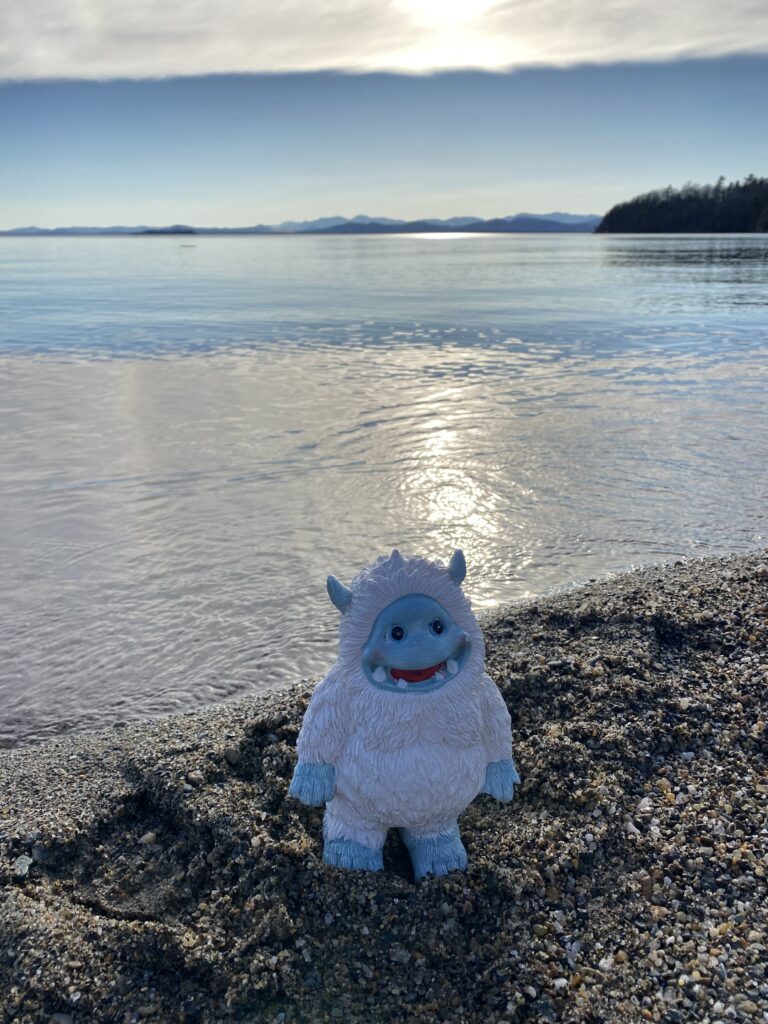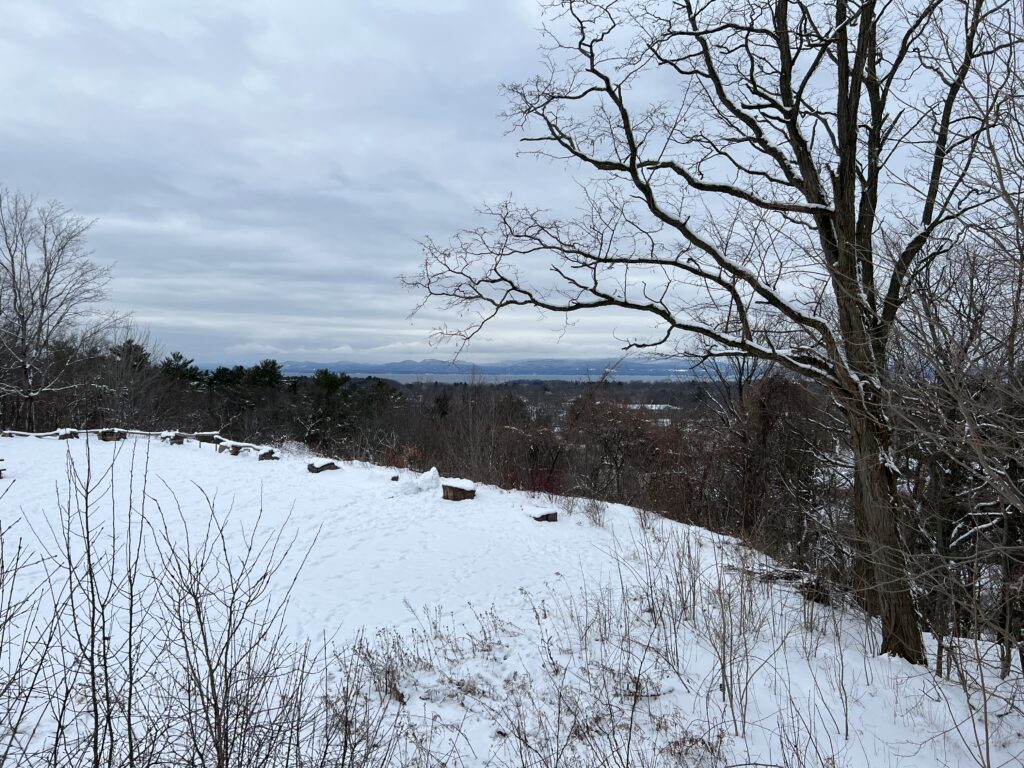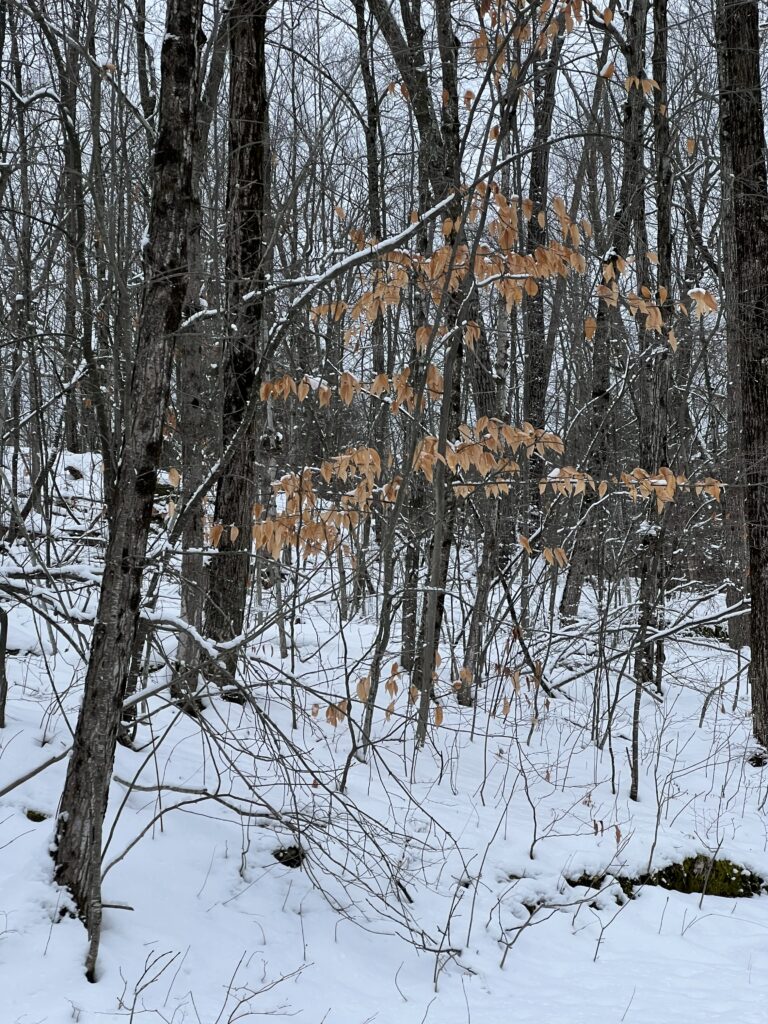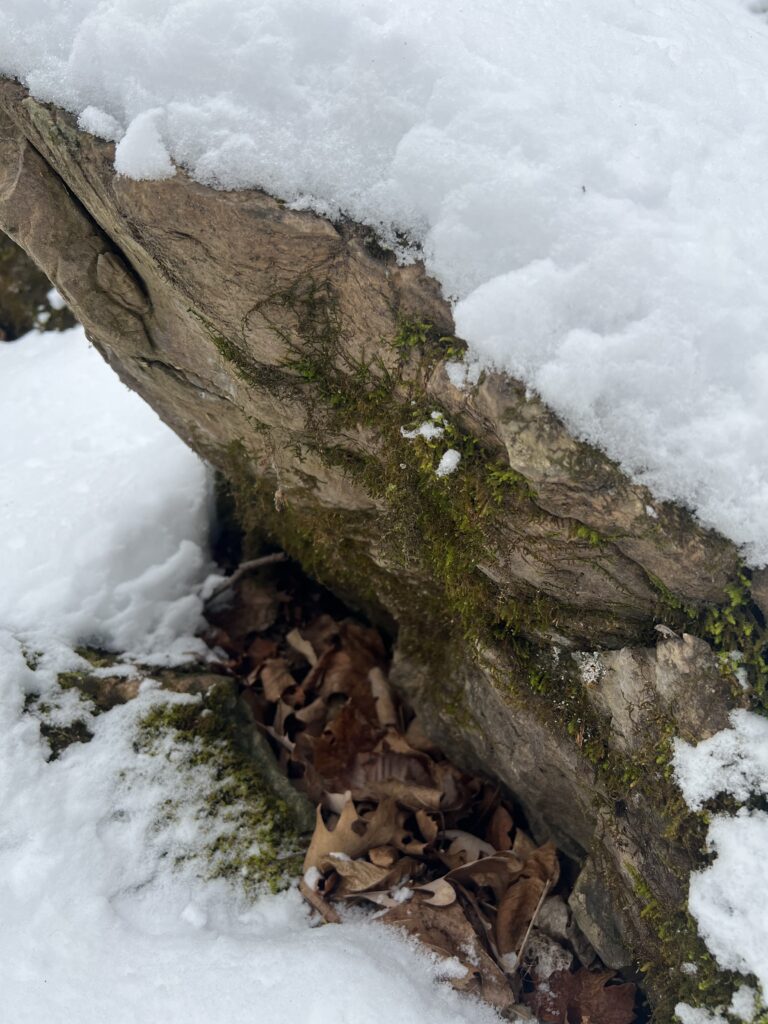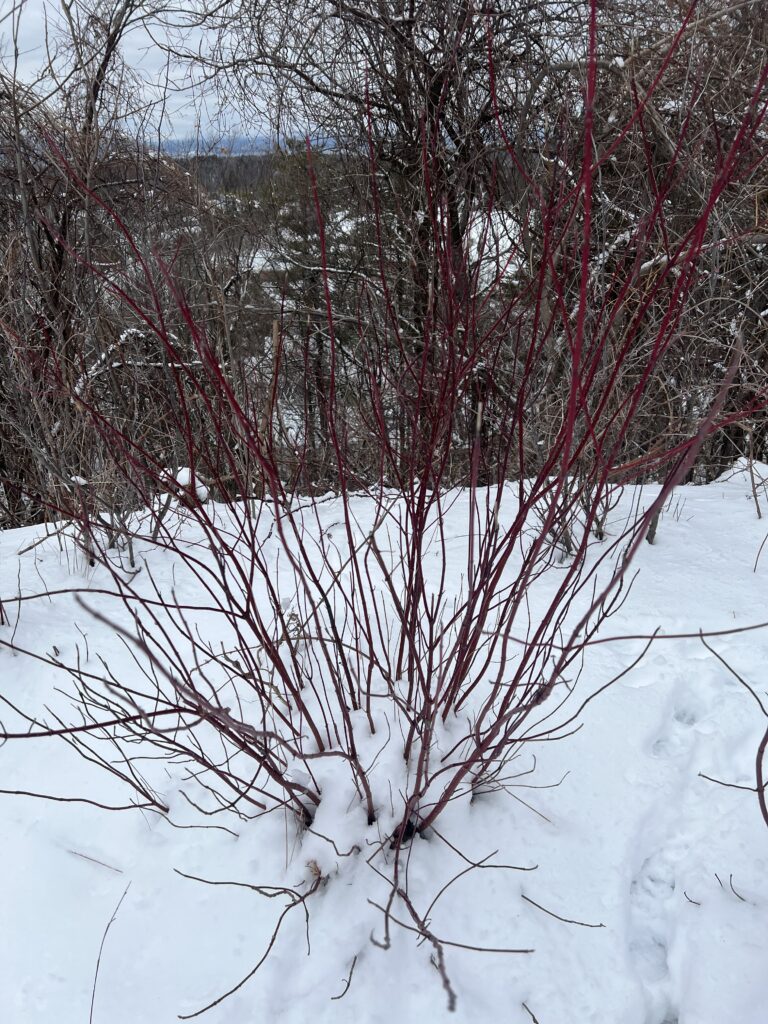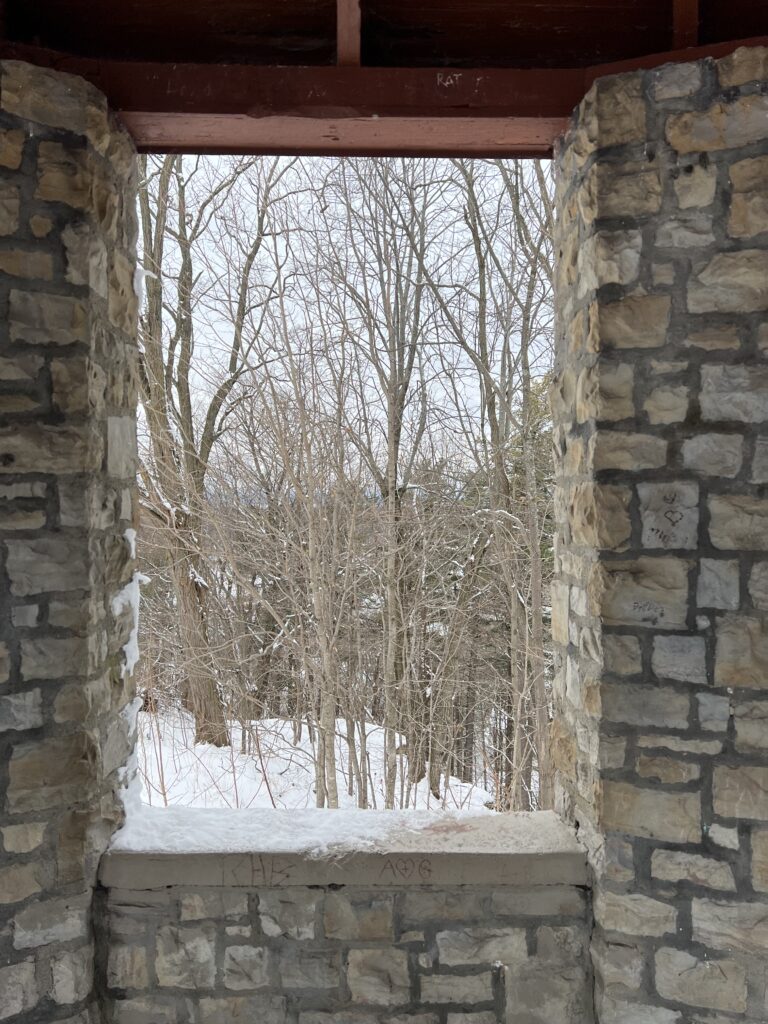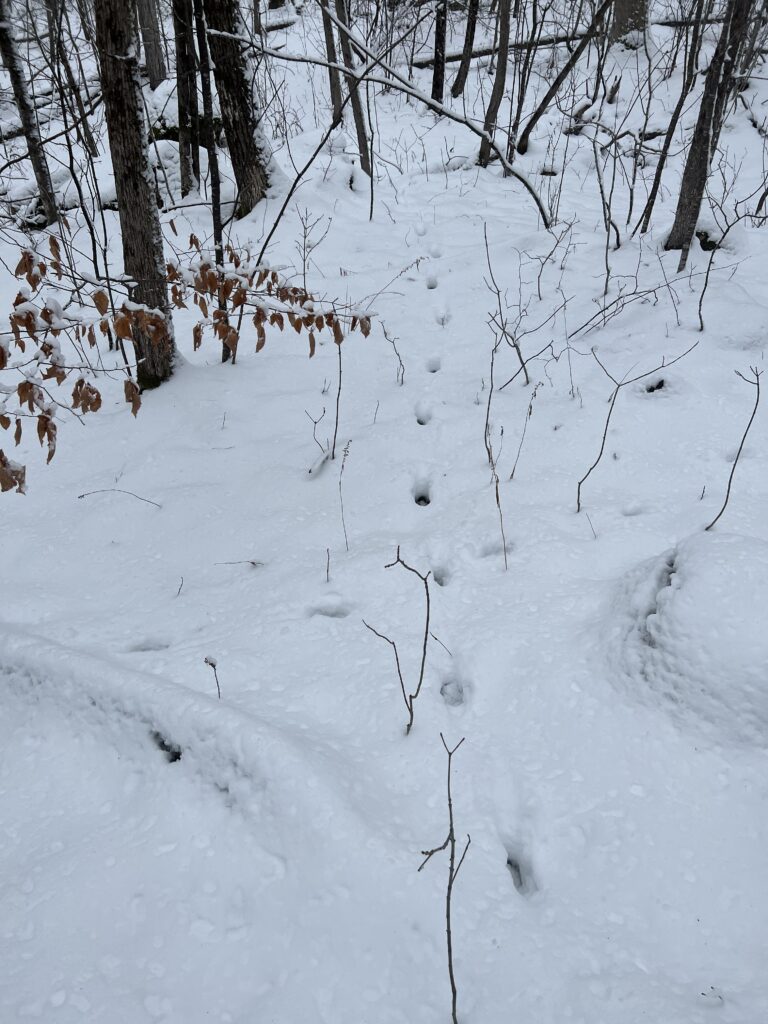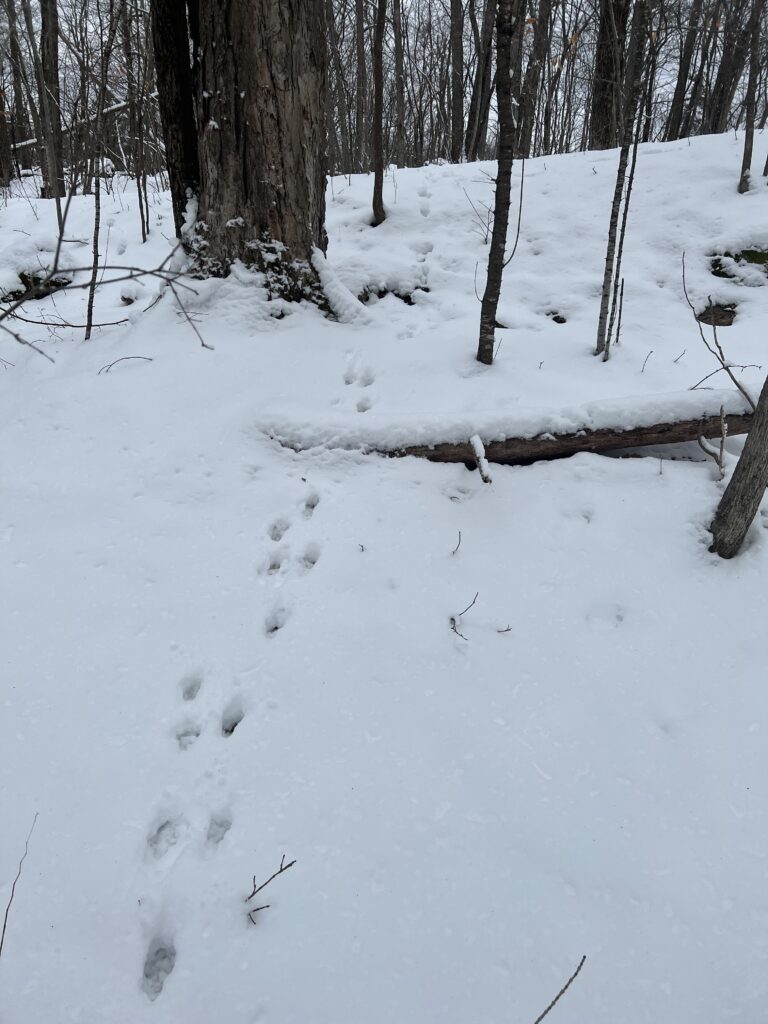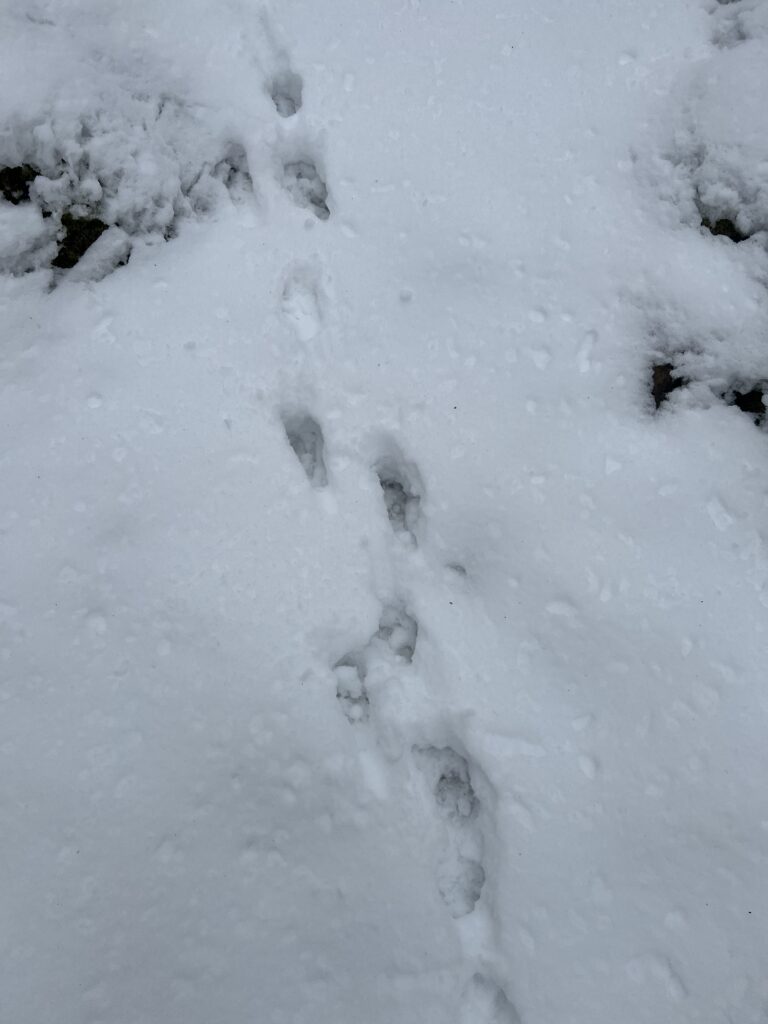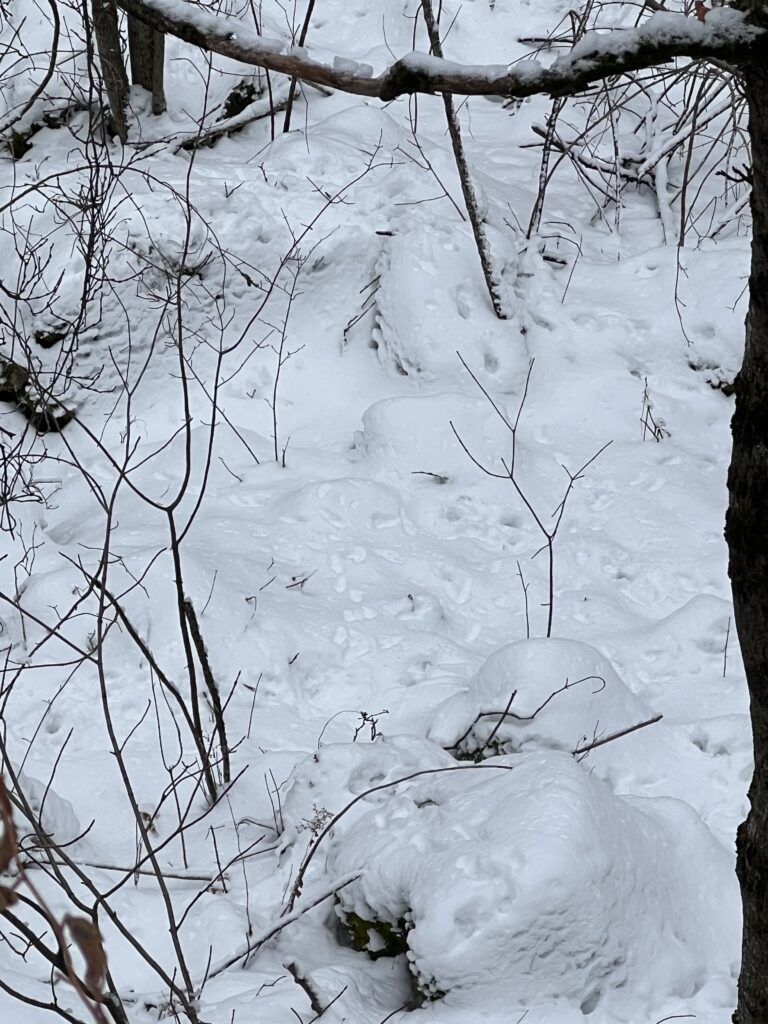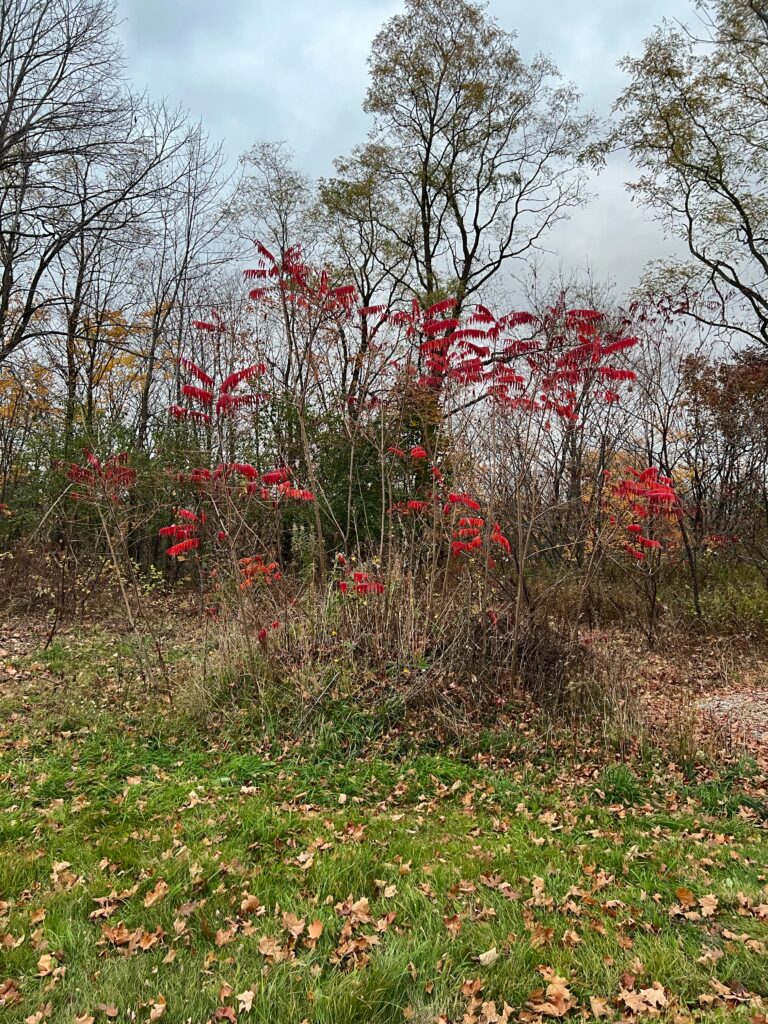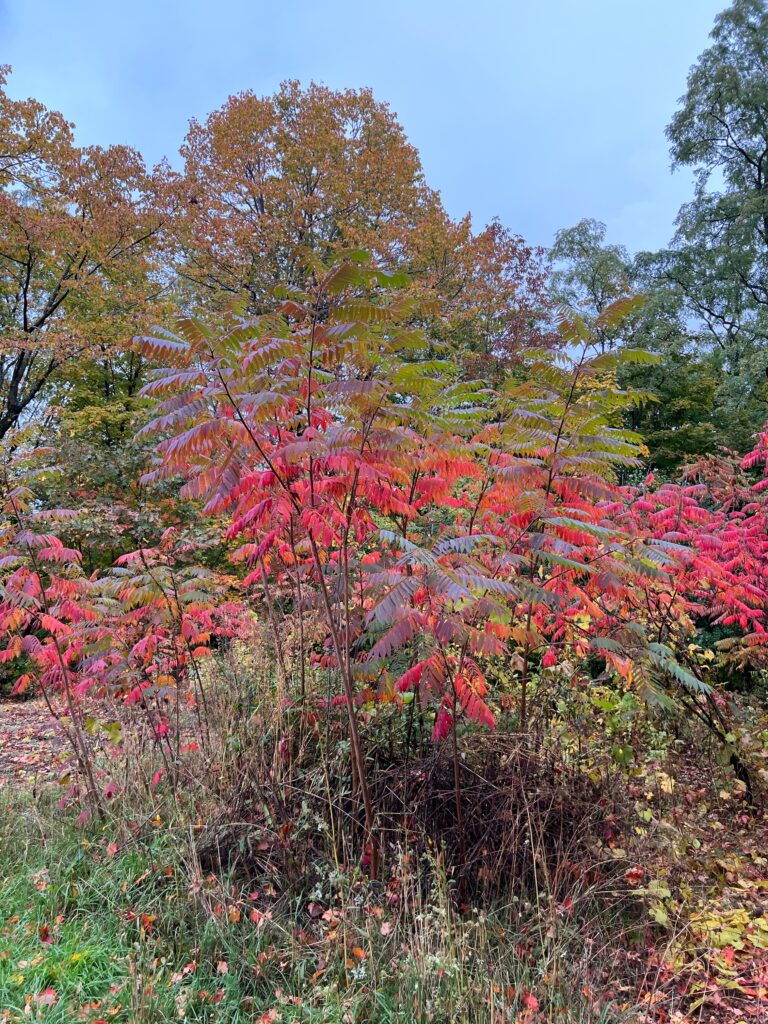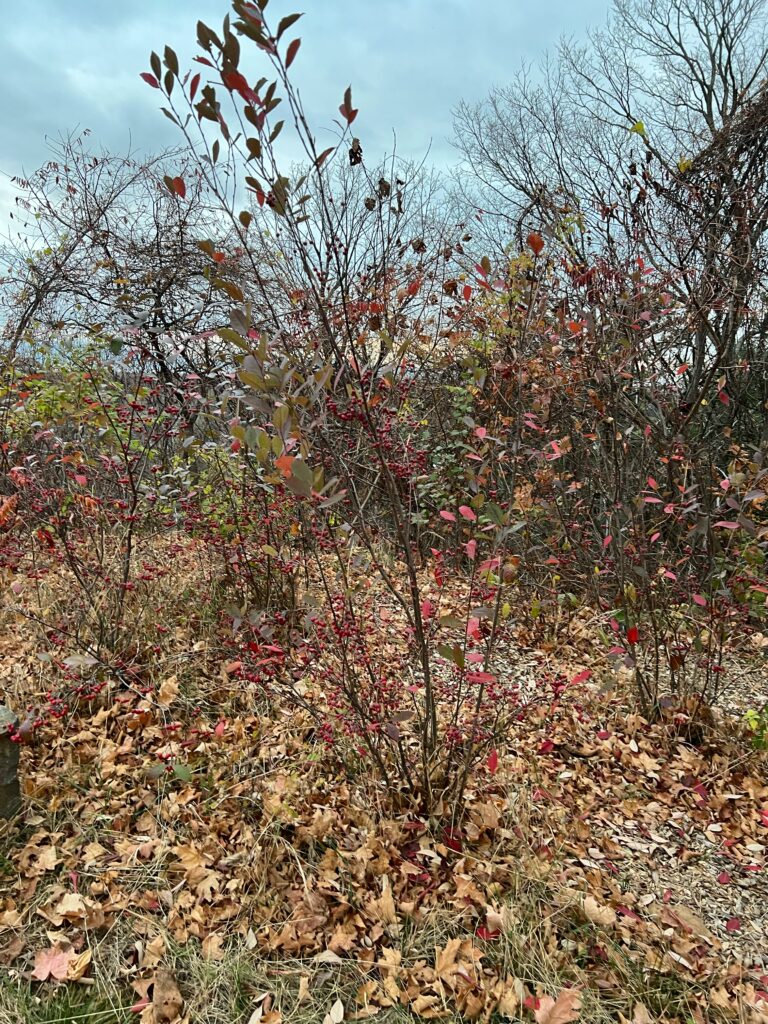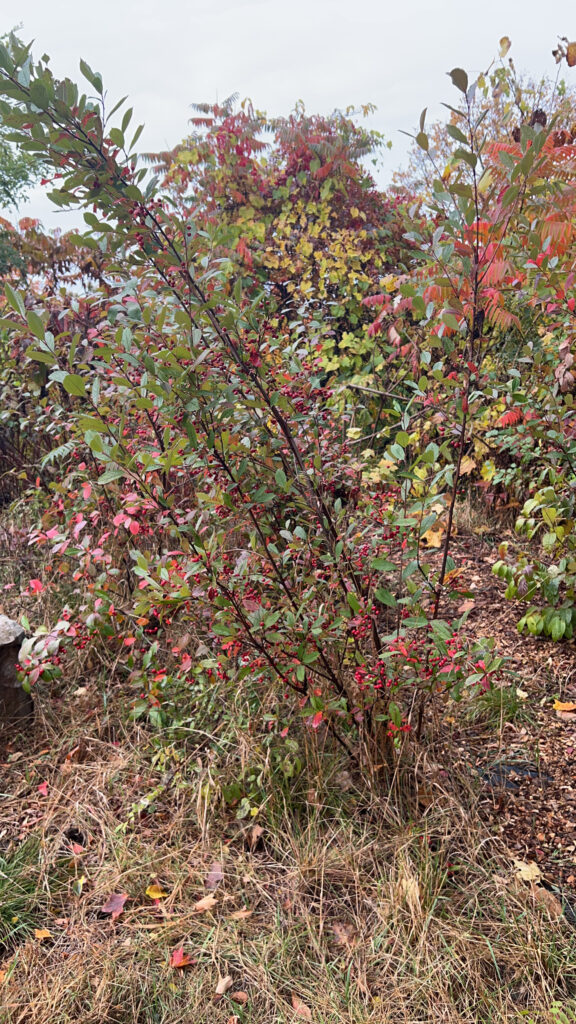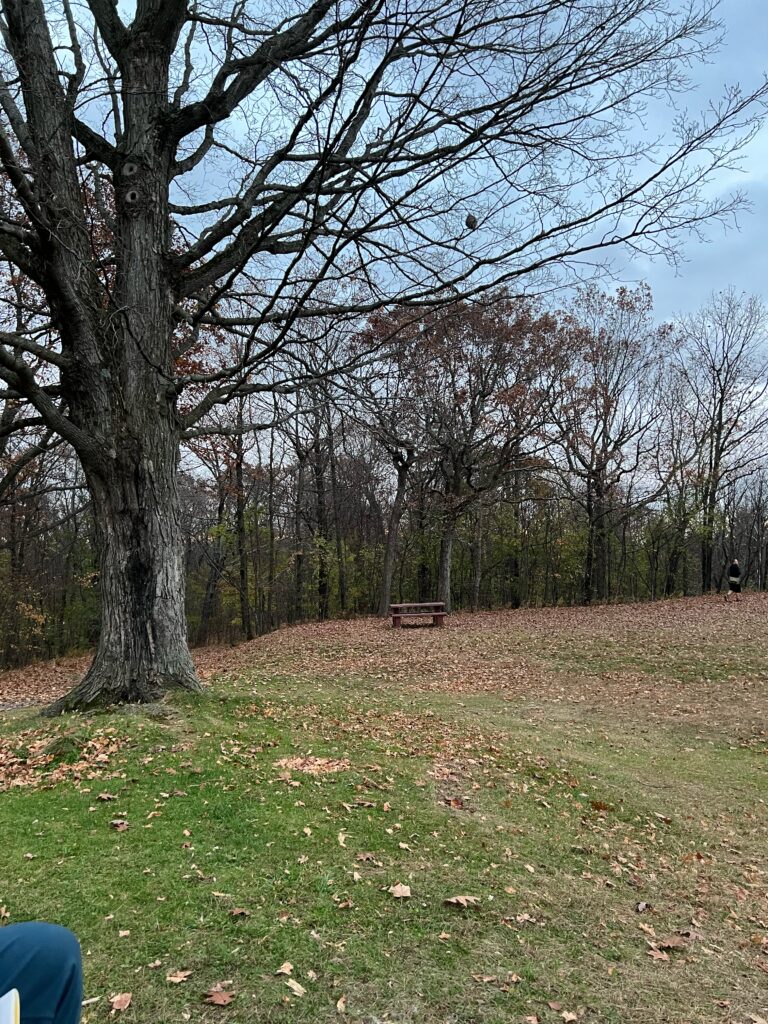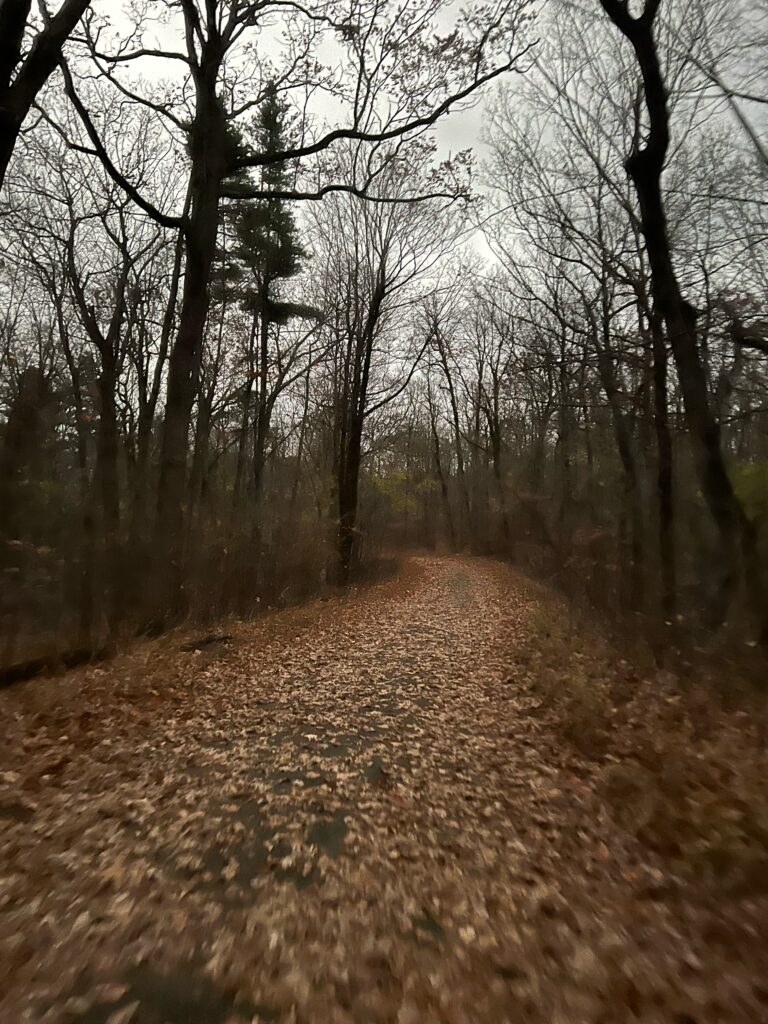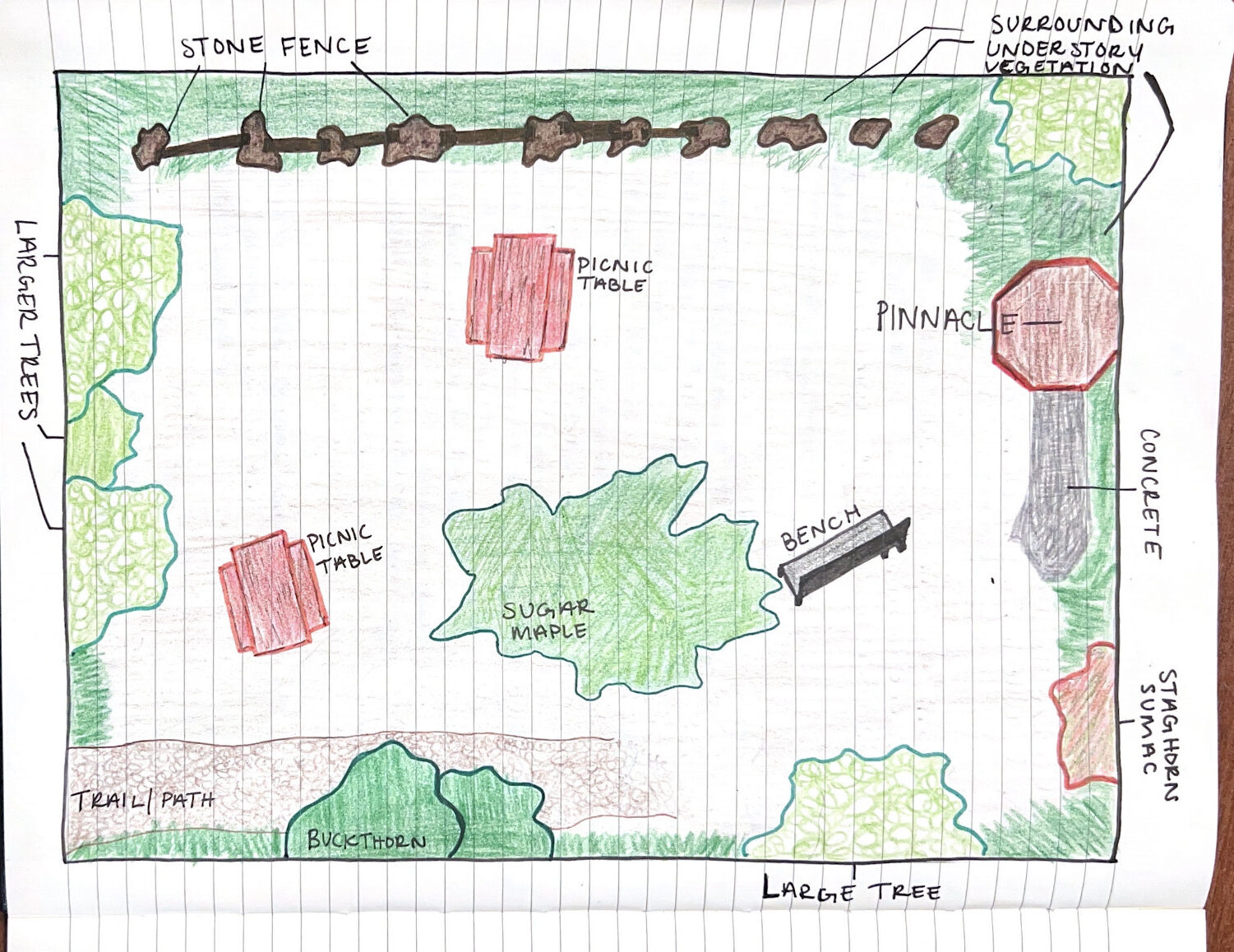April 28-May 1
During this 4 day urban BioBlitz I explored Centennial Woods and the green spaces on campus. I made observations in a brushy clearing on the edge of Centennial woods and continued to log observations across campus. I enjoyed using iNaturalist to log my observations and species. Initially, some of my observations and species that I logged the first day of the BioBlitz got deleted. I’m not sure how this happened but this was the only problem I had using the app. The app says I made 14 observations and encountered 11 species. By the end of the first day I had made roughly 30 observations but again, some of them got deleted somehow. It was fun to interact with the app and keep track of the NR 2 lab sections, the Greater Burlington city, the United States, and globally.
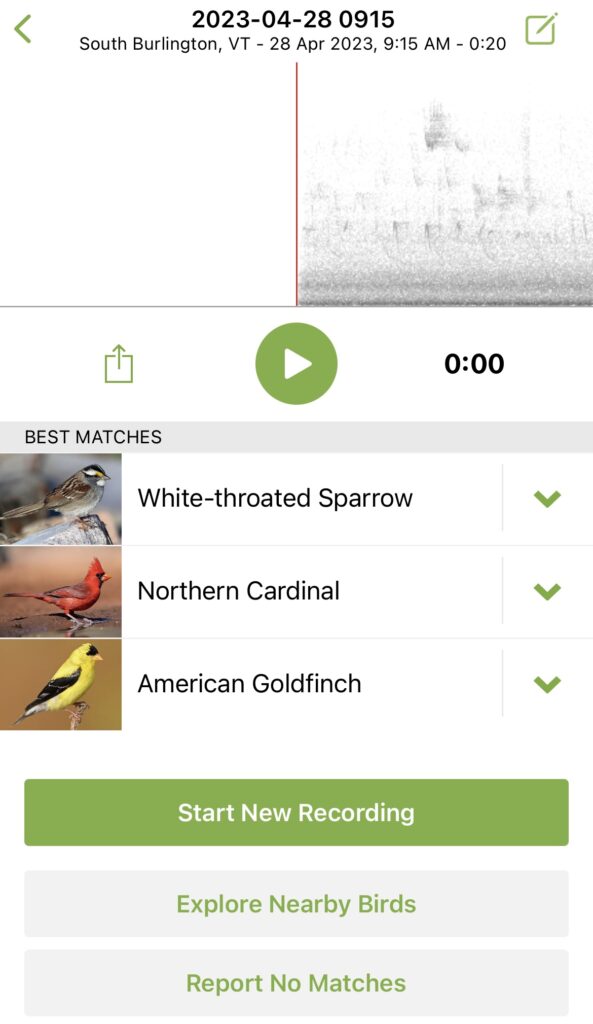
I used the SEEK app and the Merlin Bird ID in addition to iNaturalist to help correctly ID the species I encountered. I went to Centennial Woods in the morning and the birds were very active. I used the Merlin Bird ID to help identify which bird’s songs I was hearing. This app helped me to identify the songs of White-throated Sparrows, Northern Cardinals, and American Goldfinches all from the same recording.
I also saw the following bird species while in Centennial:
- Chickadees
- Cardinals
- White-throated Sparrows
- Chipping Sparrows
- Red-Winged Blackbirds
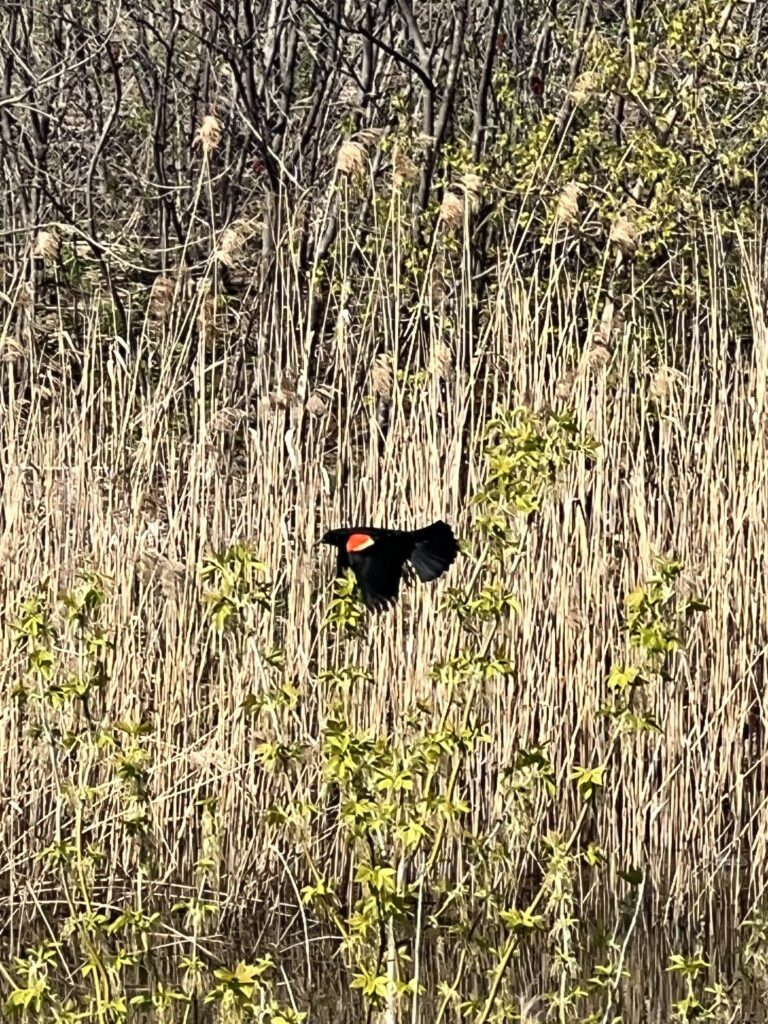
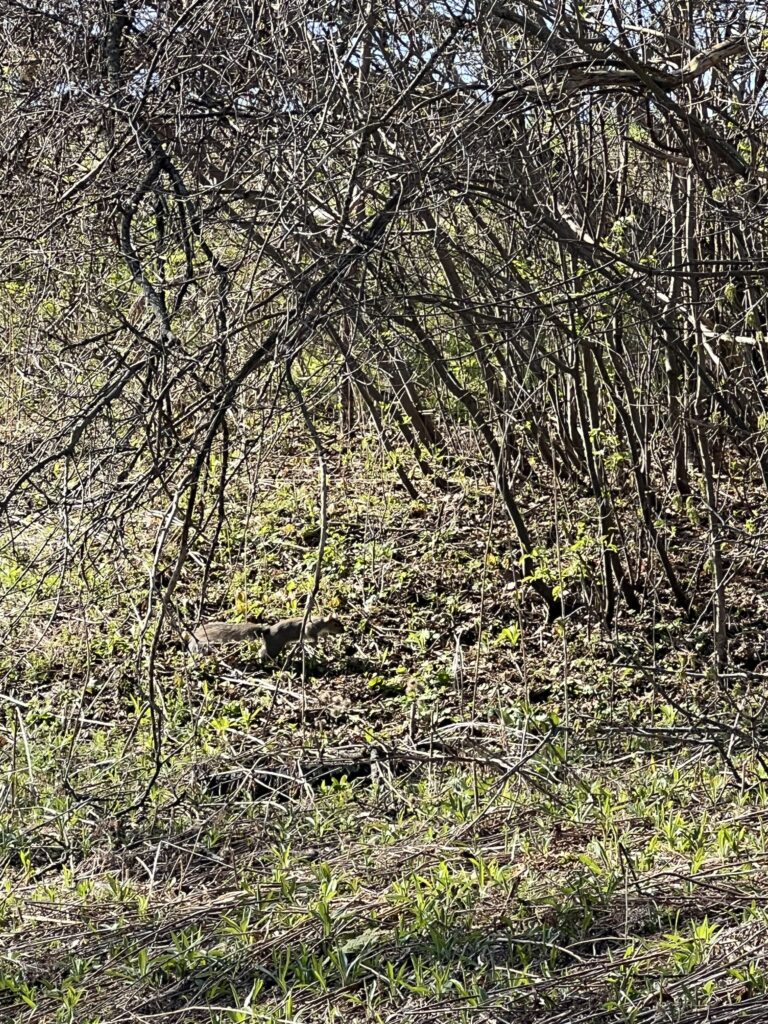
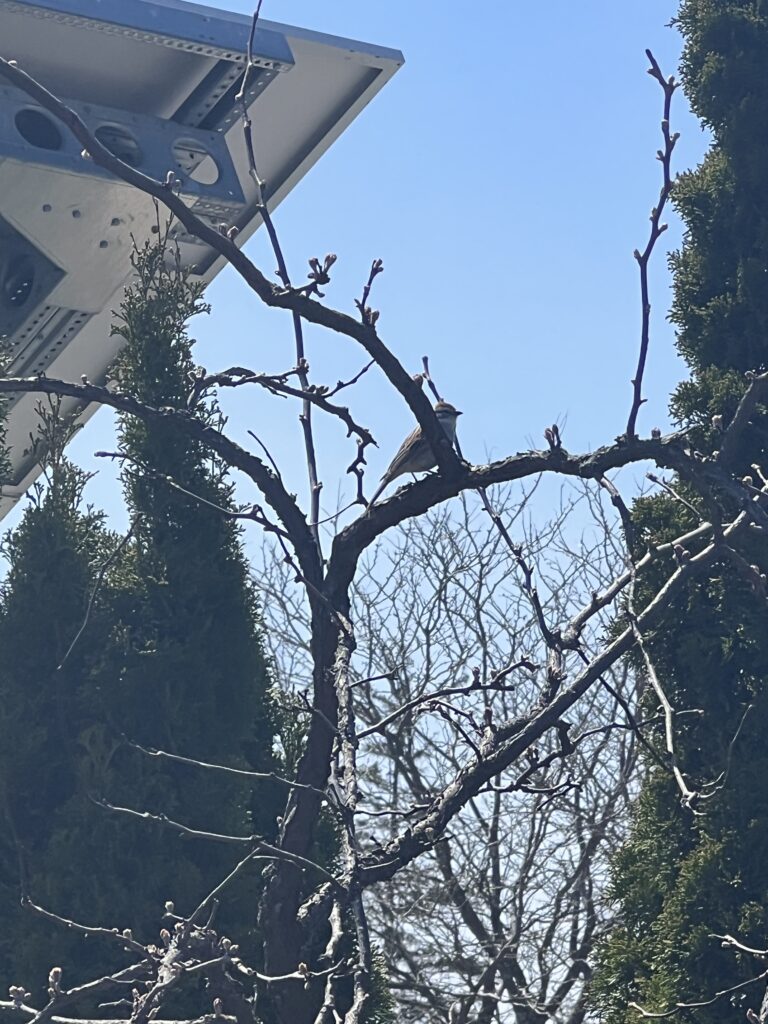
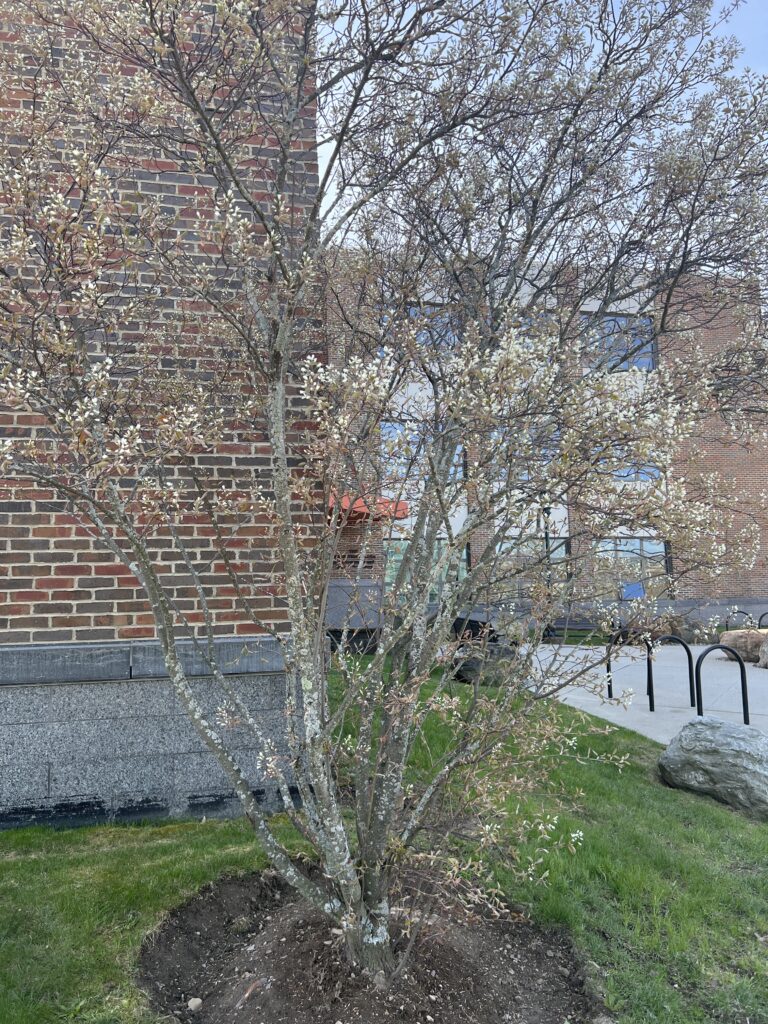
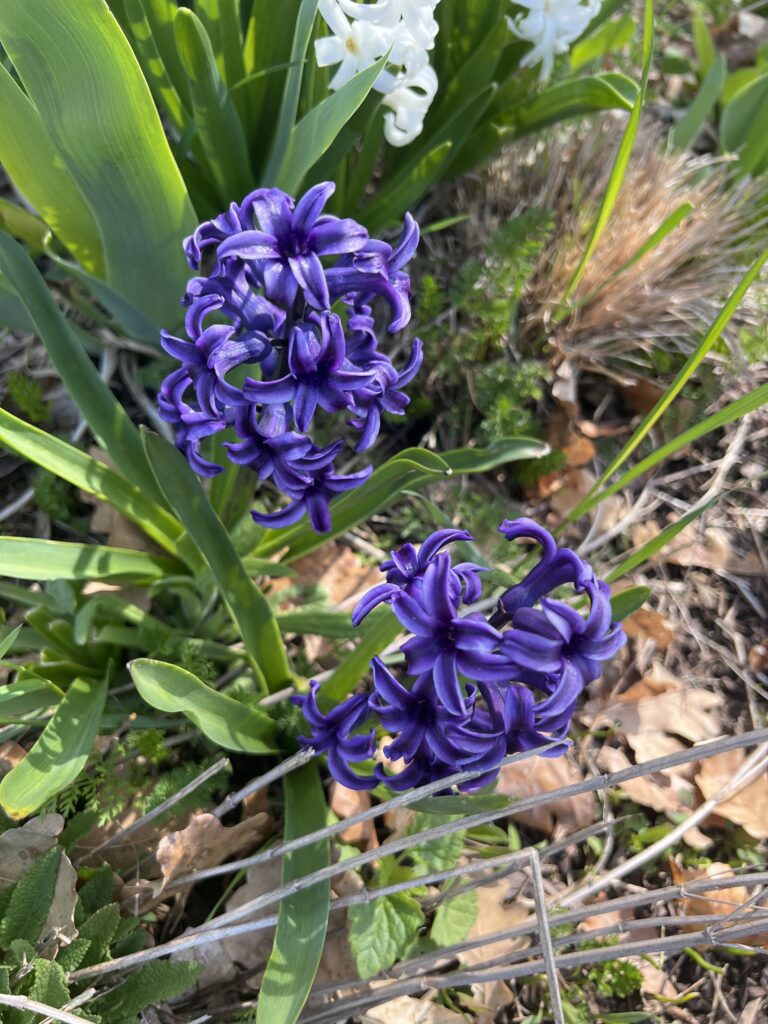
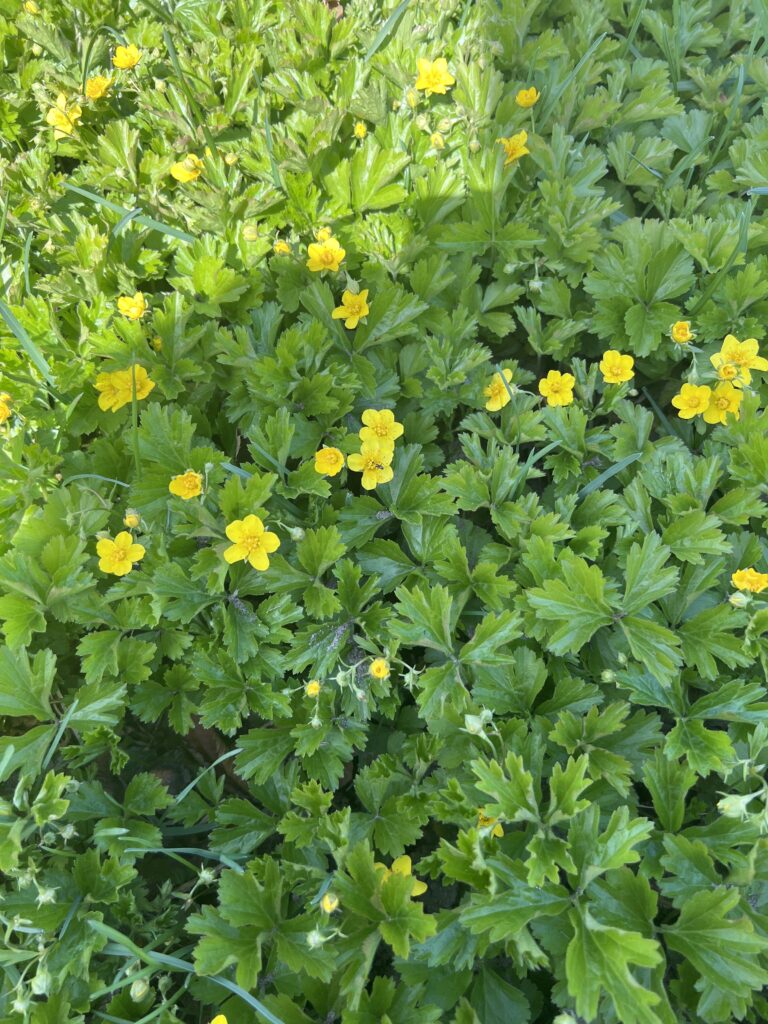
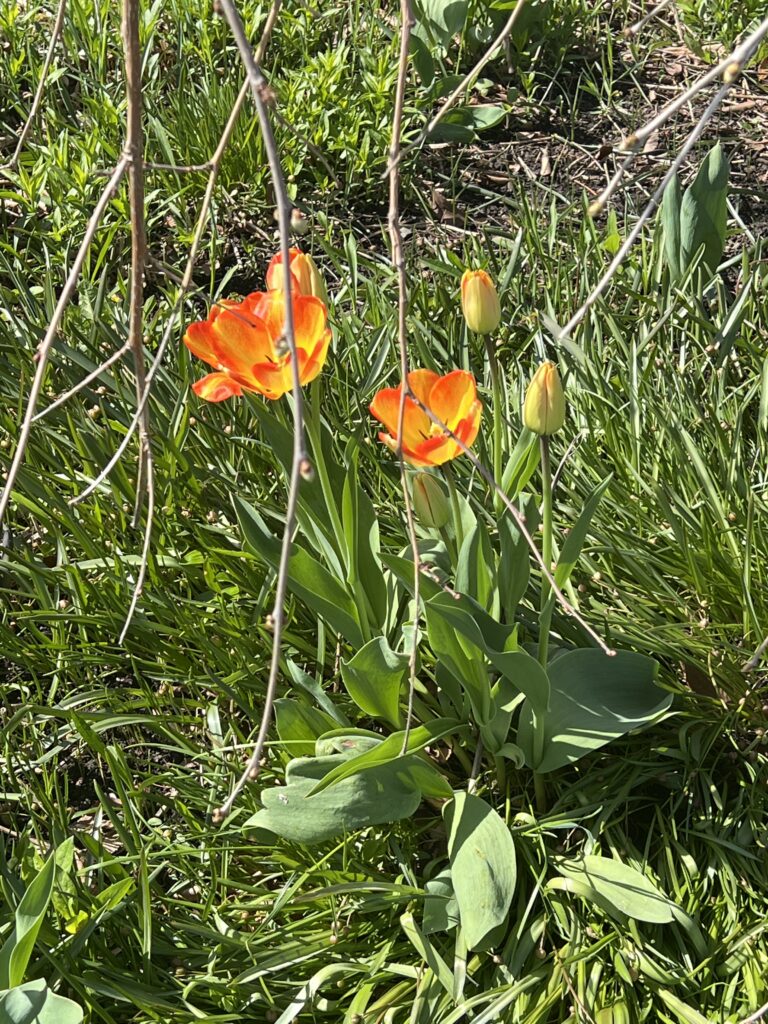
Some of the top observing cities globally, aside from Cape Town, were Dallas, Houston, Hong Kong, and Washington DC. Cape Town is usually number 1, so that did not surprise me, but the other top cities did. I did not expect Dallas and Houston, TX to be in the top cities. I enjoyed looking at the global participating cities. I never thought of Texas as a place for a large number of nature observations, but I stand corrected. It was also interesting to look at the per capita breakdowns. The greater Burlington per capita observations ended up being 0.087 observations per person. NYC had much more observations than Burlington, however, their per capita was only 0.0018 observations per person, putting Greater Burlington way ahead of NYC!
